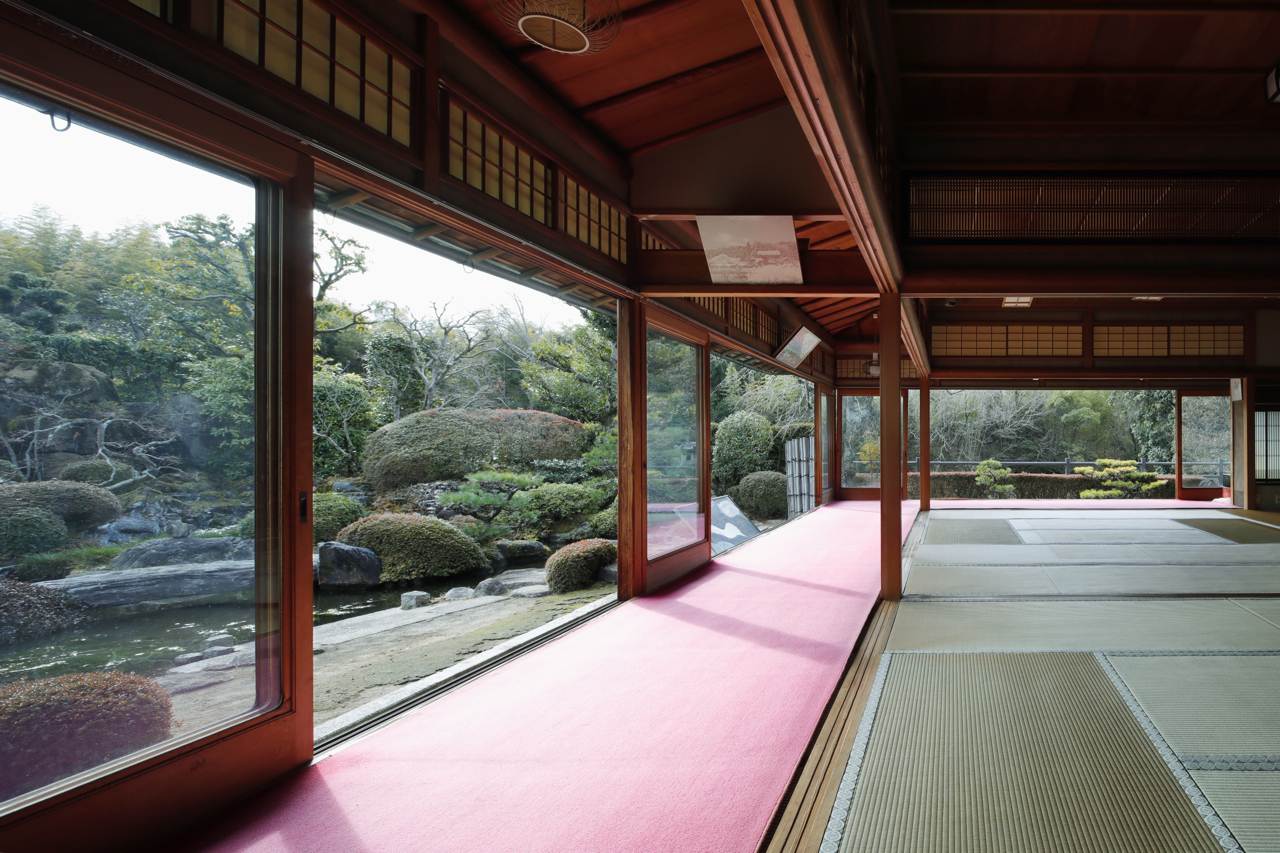
Buddhism & Japanese Garden
Find the Wisdom of Buddhism and Gardens to Rediscover Your World
- Look for yourself at Shoboji Temple
-
Shoboji Temple is a temple of the Toji School of Shingon Buddhism located in Oharano, Nishikyo-ku, Kyoto. The temple has a long history dating back to the Tenpyo Shoho era (749-757), when it was originally built as a retirement residence for Chii Daitoku, a high disciple of Ganjin Wajo, who founded Toshodaiji Temple in Nara.
The principal image is a standing wooden three-faced thousand-armed Kannon statue from the early Kamakura period (1185-1333). The statue has an unusual three-faced form with another face (kabutsu) on each side of the face above the shoulders, signifying that the statue looks to the past and future as well. The temple also offers many seasonal attractions with beautiful plum and cherry blossoms in spring and reddish leaves in autumn, and the priest and deputy priest always give a warm welcome to their guests.


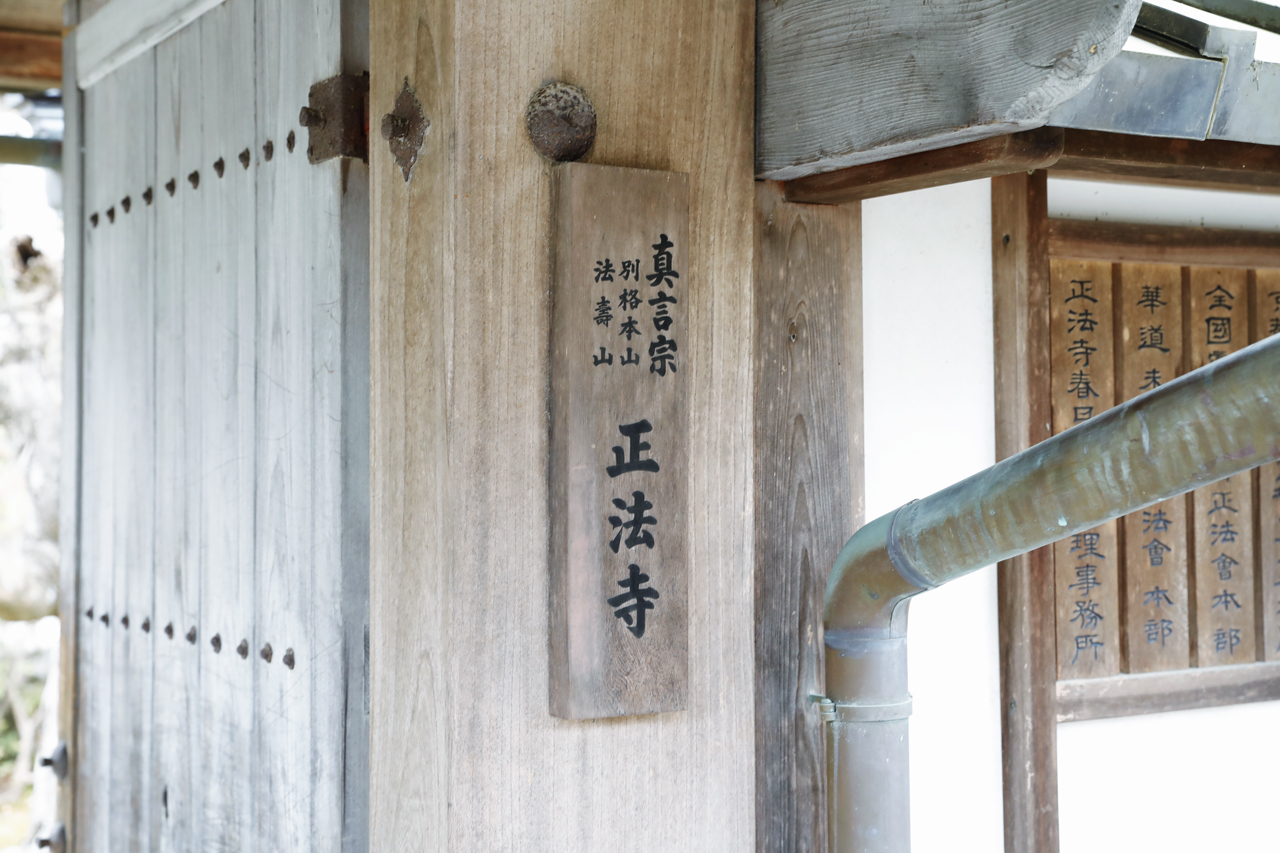
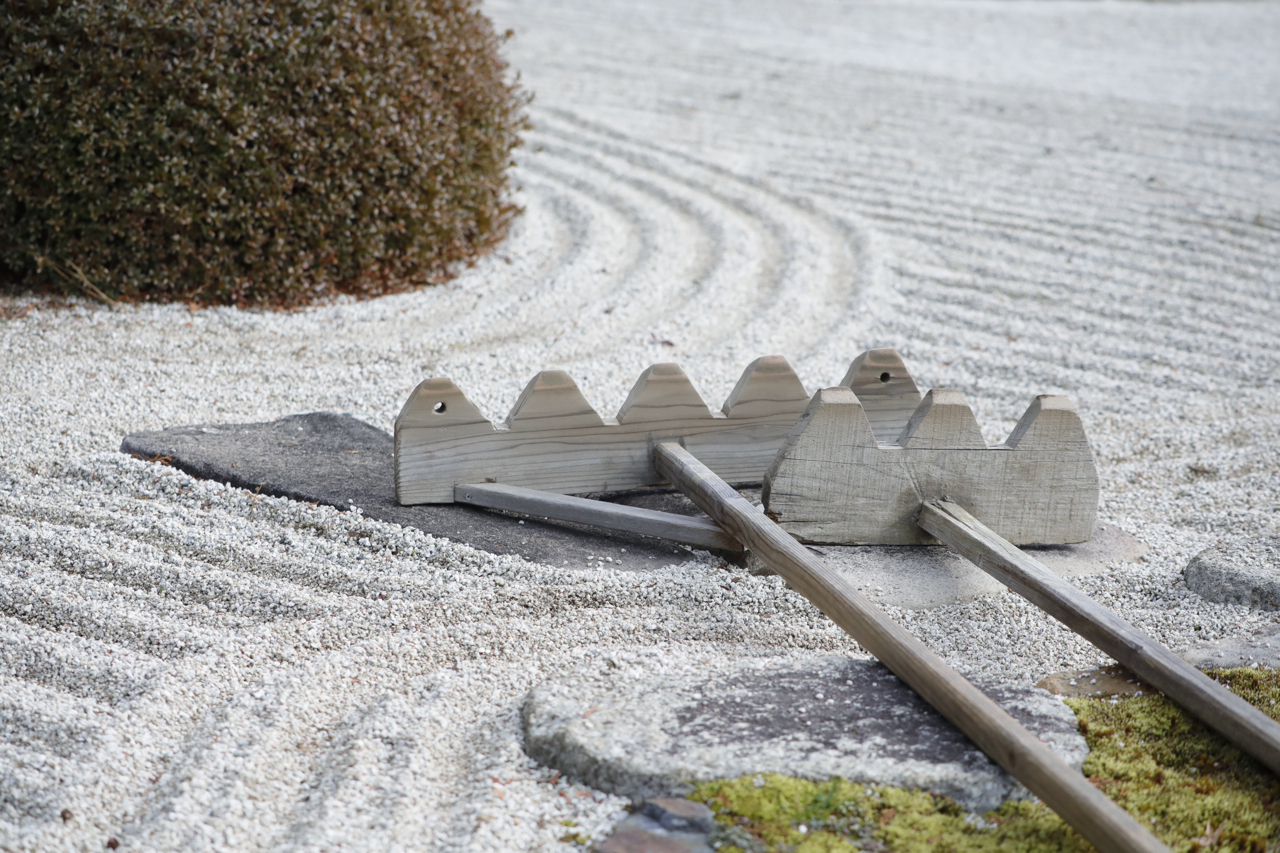
- “Samon”, Water expressed by Stone
-
Have you ever heard of the word "Samon"? Karesansui is one of the representative styles of Japanese gardens. Karesansui is a garden of stones without water. In the garden without water, stones are used to express the flow of water, the surface of water, waves, and ripples that spread endlessly and this is called as “Samon”. Samon can look like a fast flowing river or a vast ocean with infinite expanses. There are many ways to enjoy Samon, depending on how you look at them. This is one of the attractions of Karesansui.
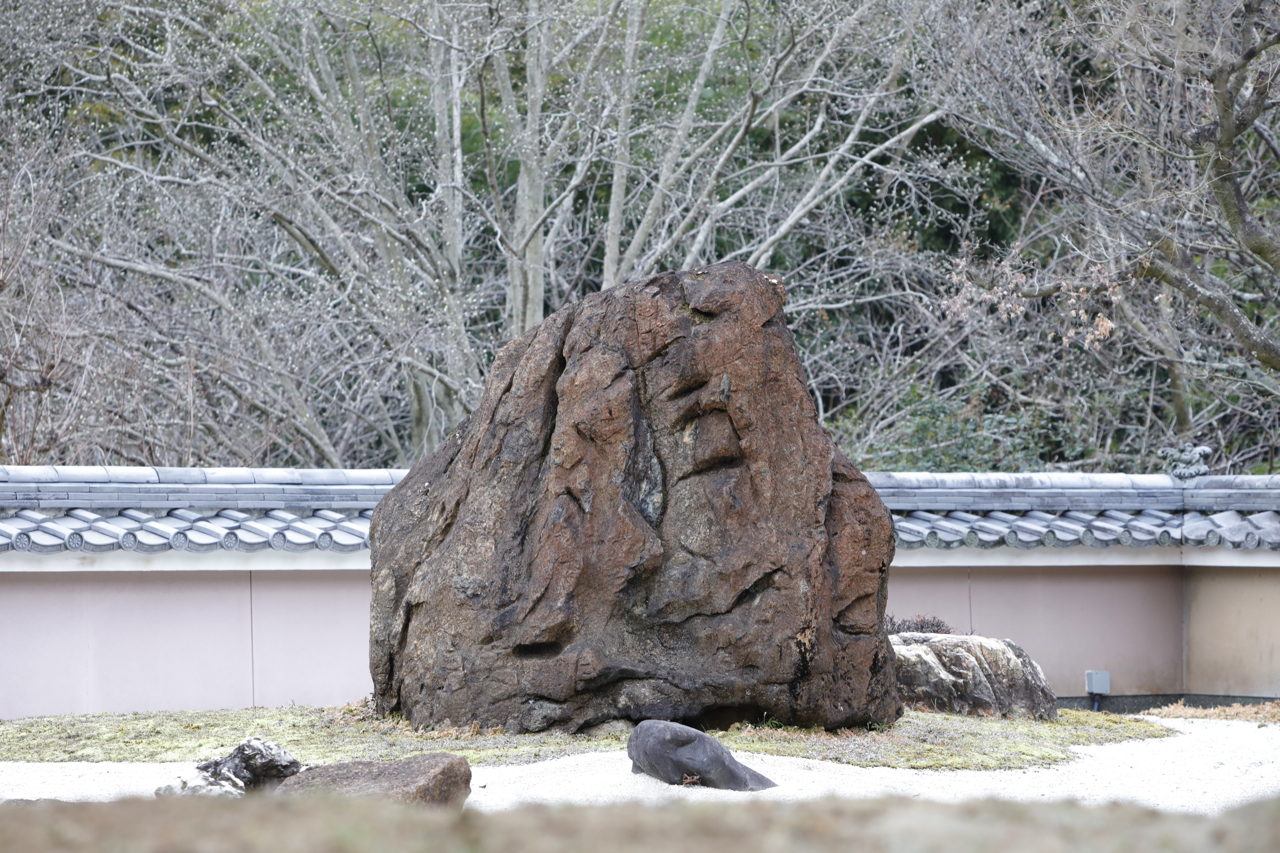
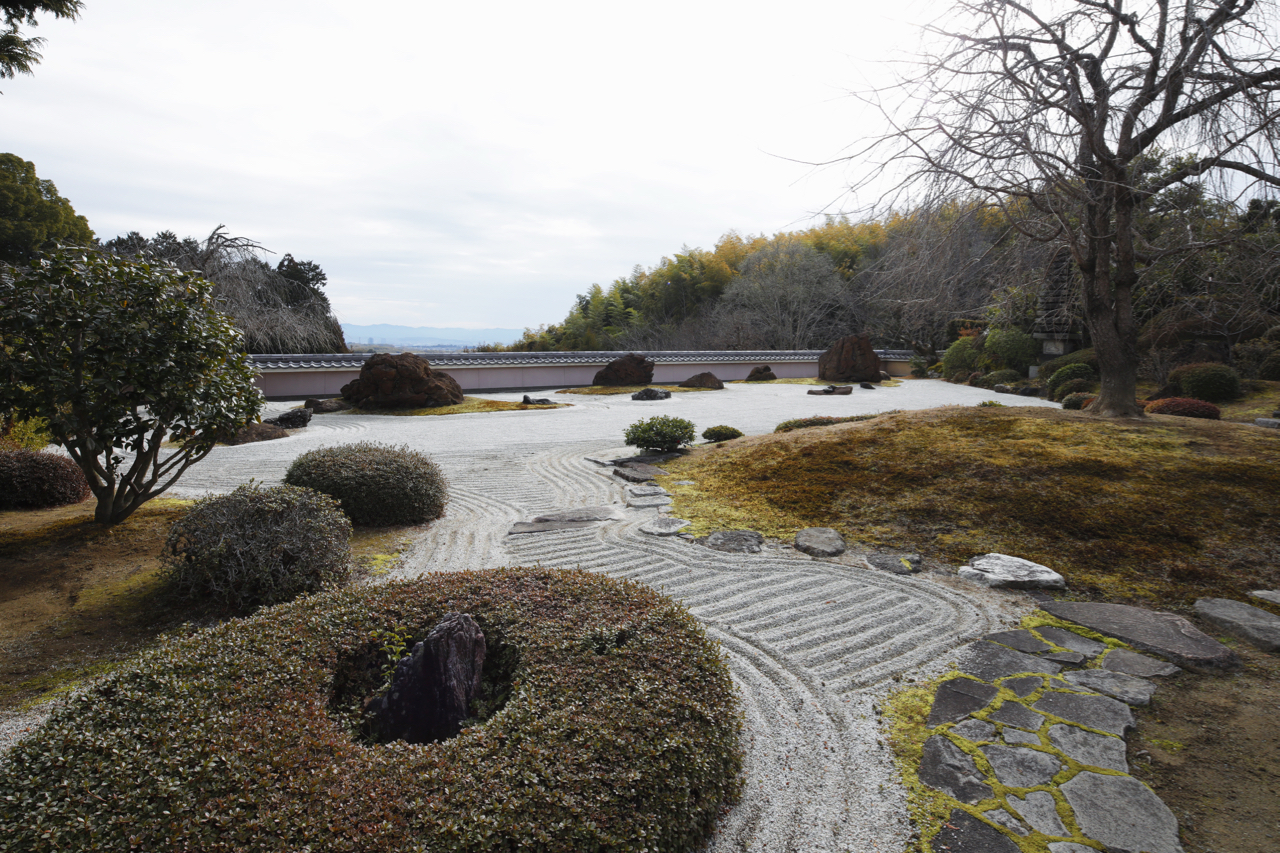
Karesansui is said to have already existed by the end of the Heian Period (794-1185). It was described in the Sakuteiki, Japan's oldest garden manual written at the end of the Heian period, and became widely popular in Zen temples during the Kamakura period. Painting Samon is one of the practices of Zen Buddhism and is deeply connected to Buddhism in Japan.
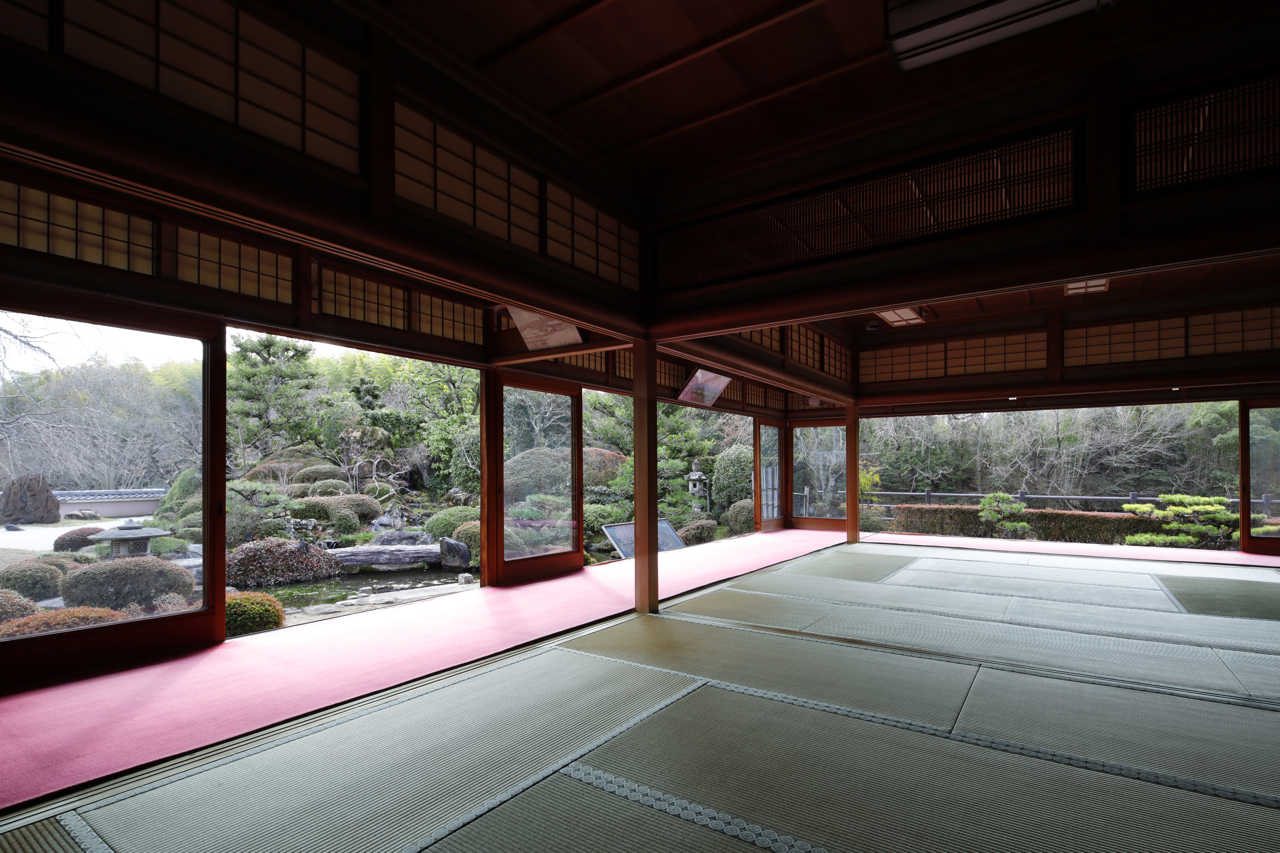
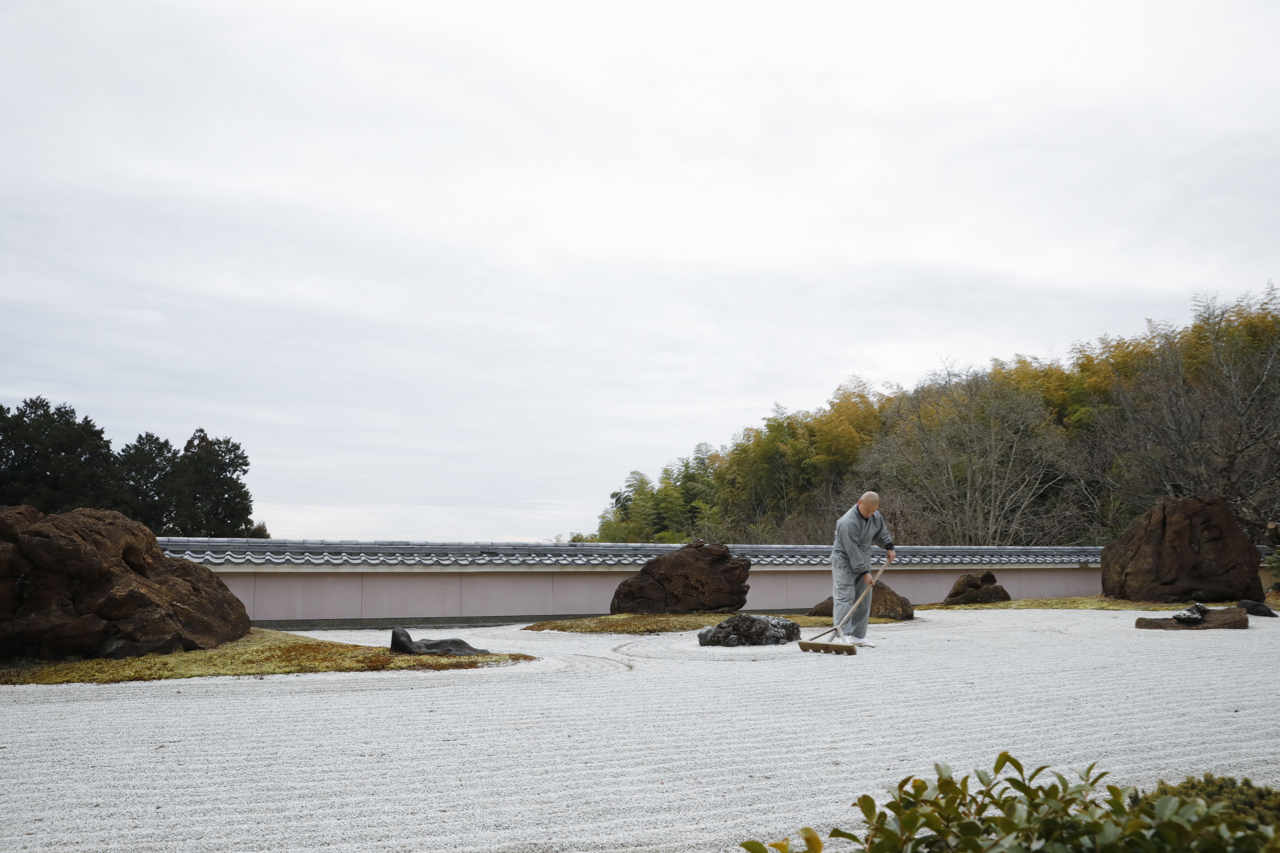
- "Stone Temple and Stone Garden"
-
Shoboji Temple is commonly called as temple of stones. This is from the fact that many huge rocks, weighing as much as 600 tons, which were collected from all over the country, can been seen in the garden of the temple. Among the many gardens, the Hosho-en Garden is the most famous. The Hosho-en Garden is a landscape garden with a borrowed view of the Higashiyama mountain range in the distance, where you can enjoy the sound of water and the beautiful stone garden and scenery away from the hustle and bustle of the city.
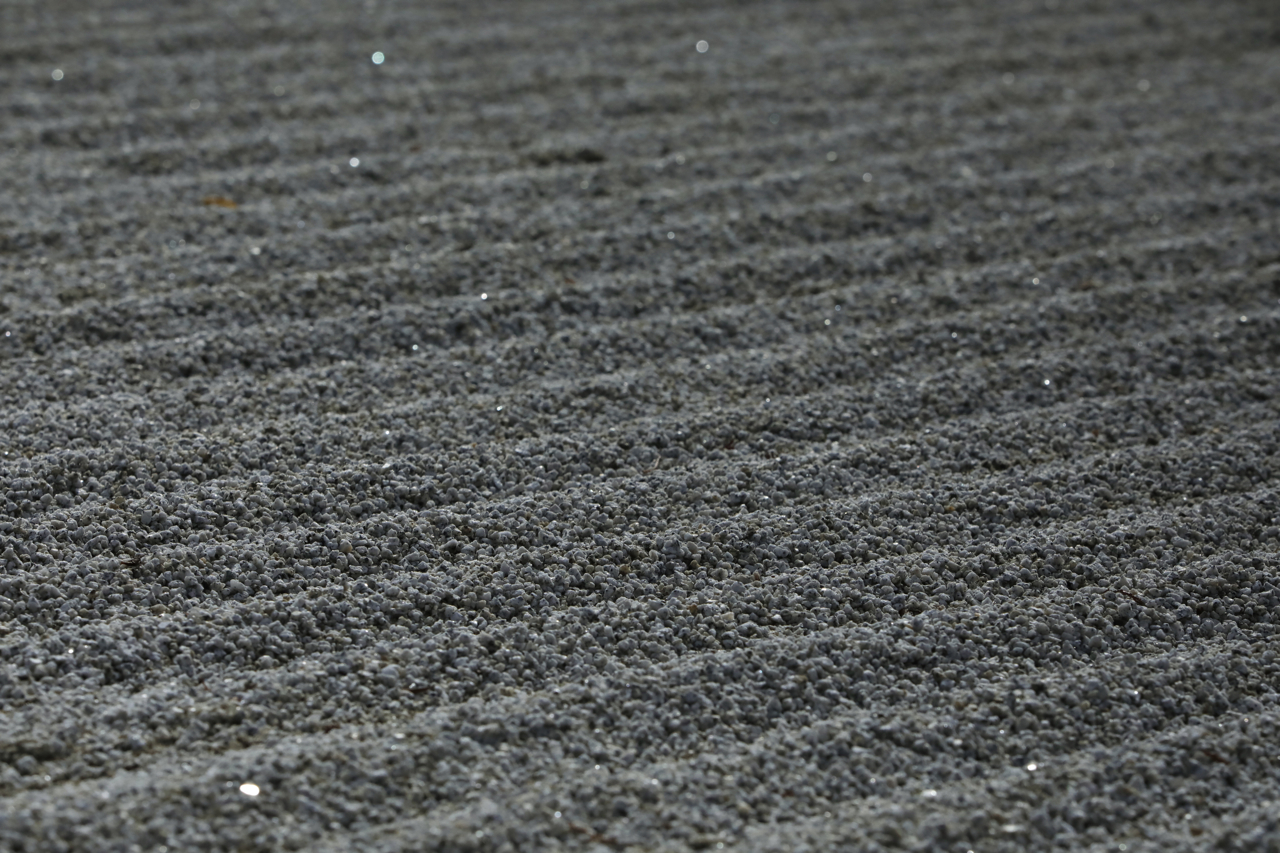
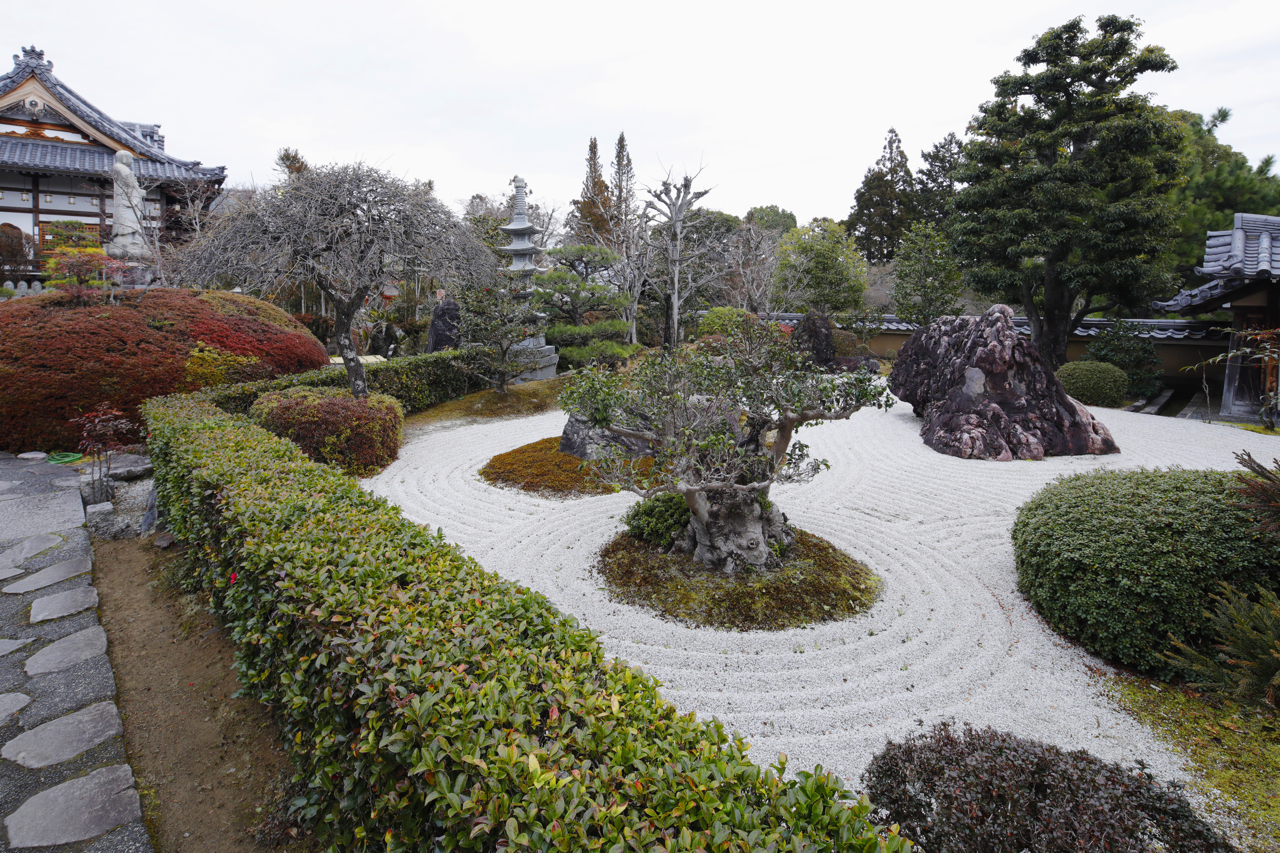
Sitting on the tatami mats of the hall and looking at the garden with your mind's eye, the irregularly arranged stones in the garden look like something. Is that an elephant? Or is that a lion? Interestingly, each of the 16 stones looks like a certain animal. This is why Hosho-en Garden is called the "Stone Garden of Birds and Animals". We invite you to use your imagination to bring the stones to life. You will be able to see a mysterious and playful view of the beautiful stone garden.
- They say
-
“Oharano, where Shoboji Temple is located, is a place with ancient history and rich nature. And Buddhism teaches us how to lead a good life. We hope that through our contact with nature and Buddhism, we can give energy for your daily lives.”
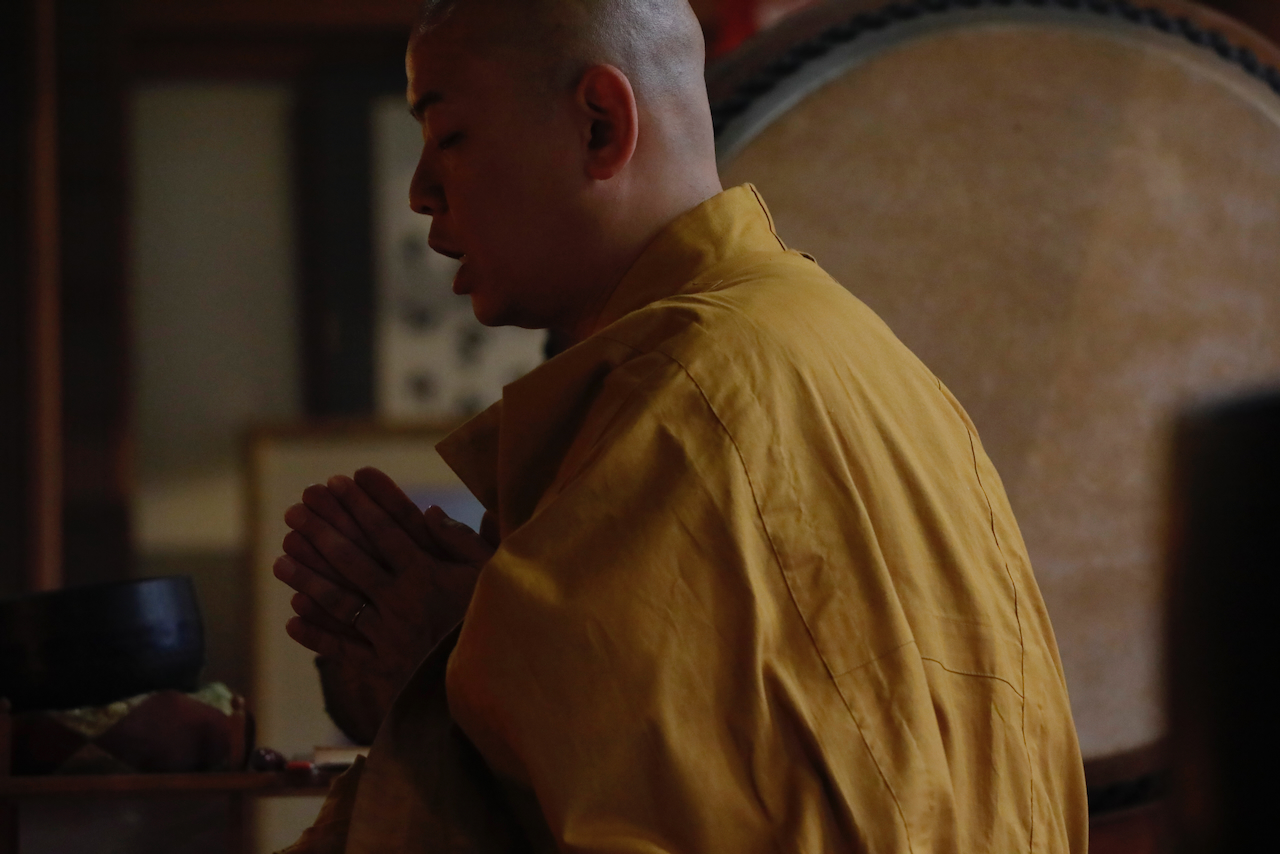
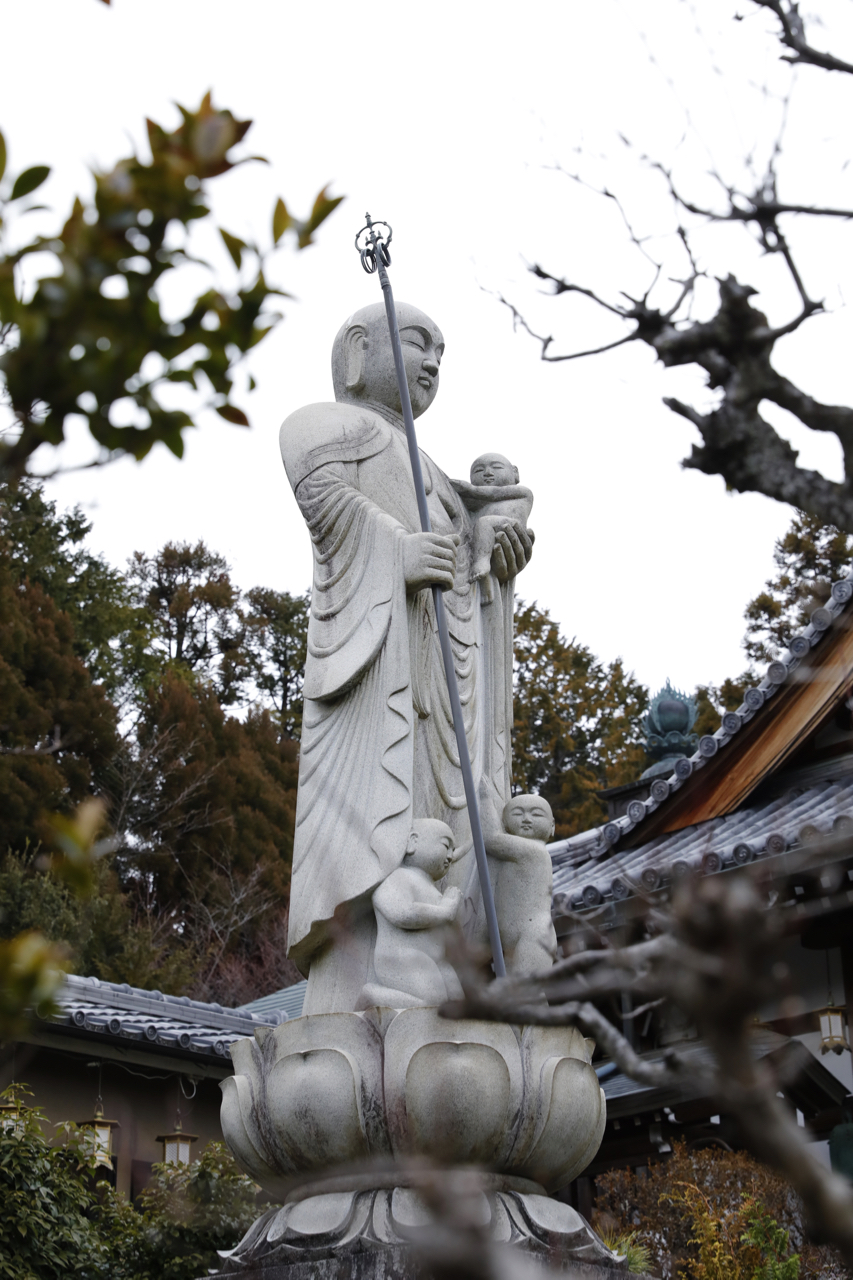
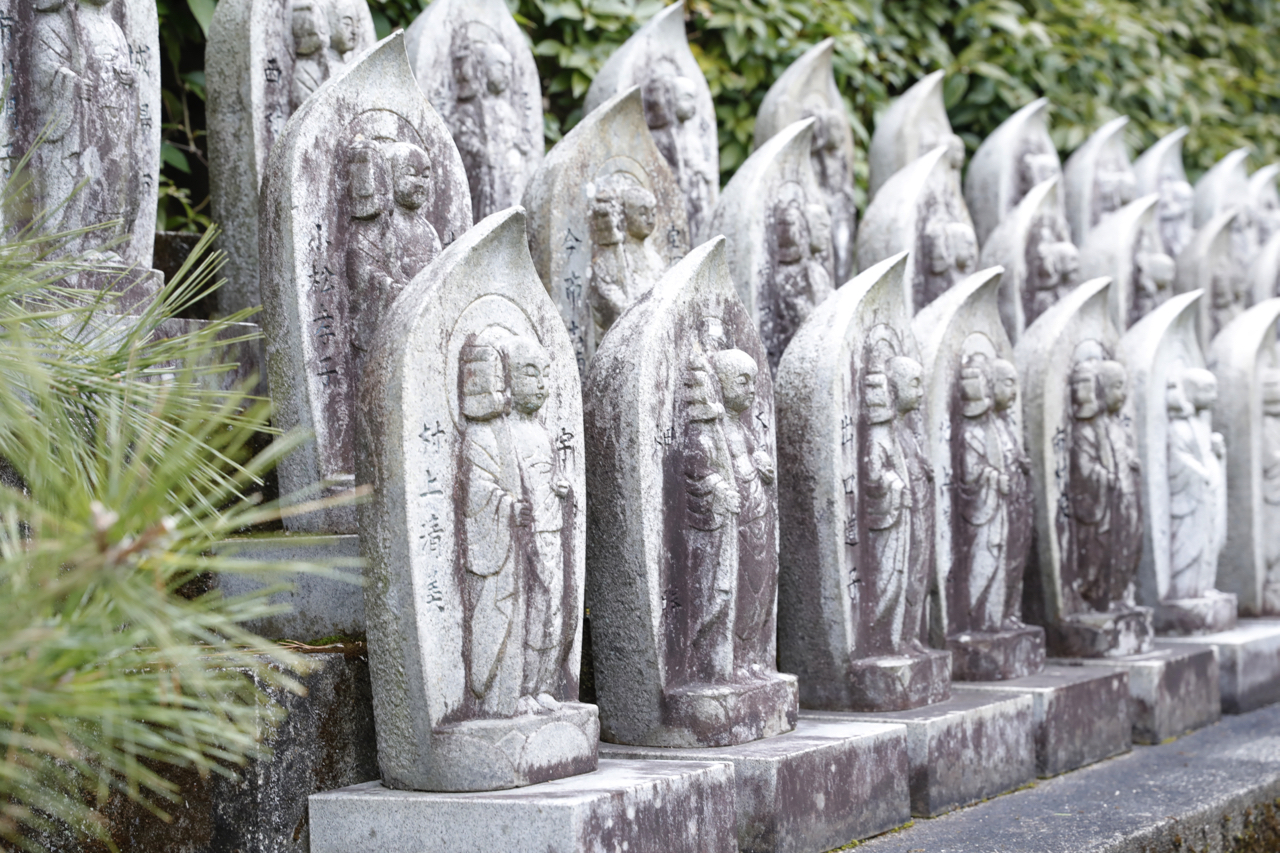
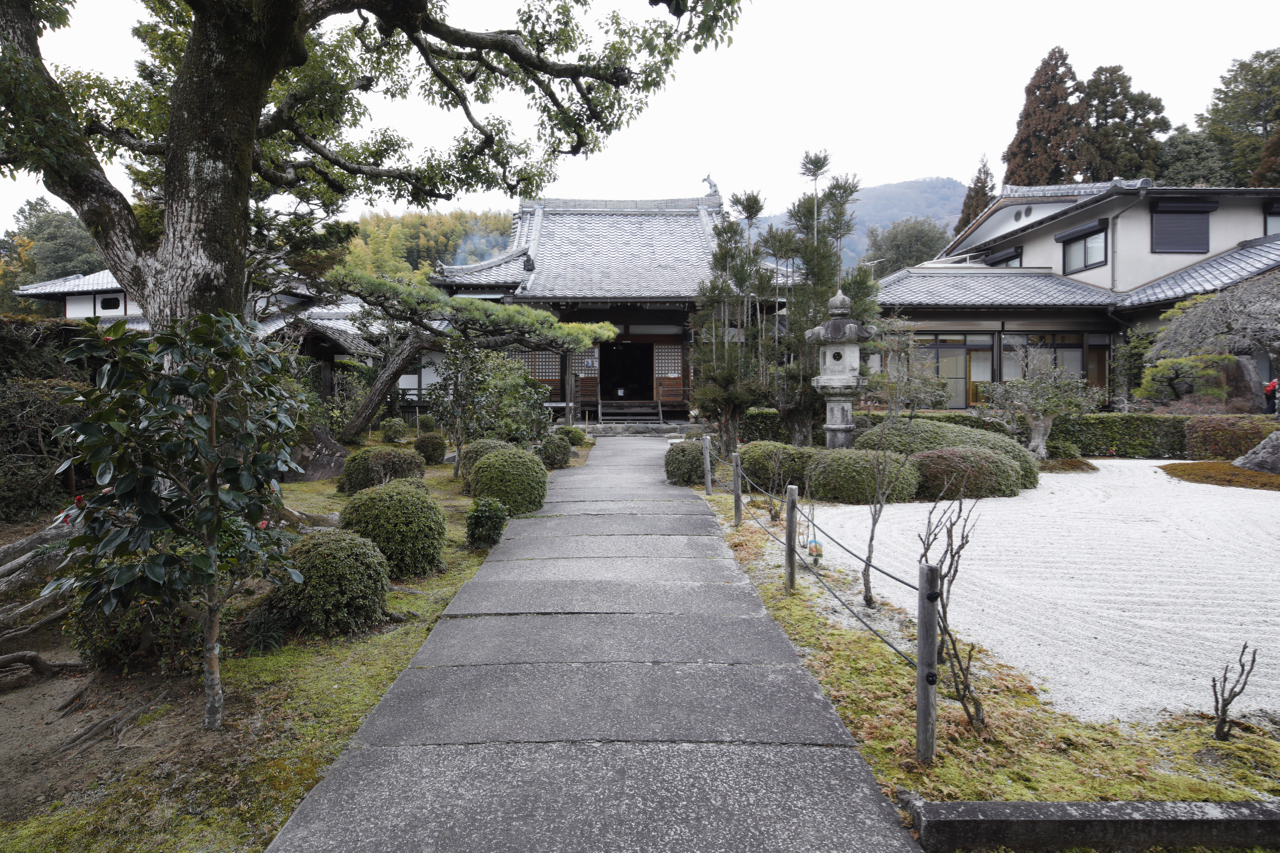

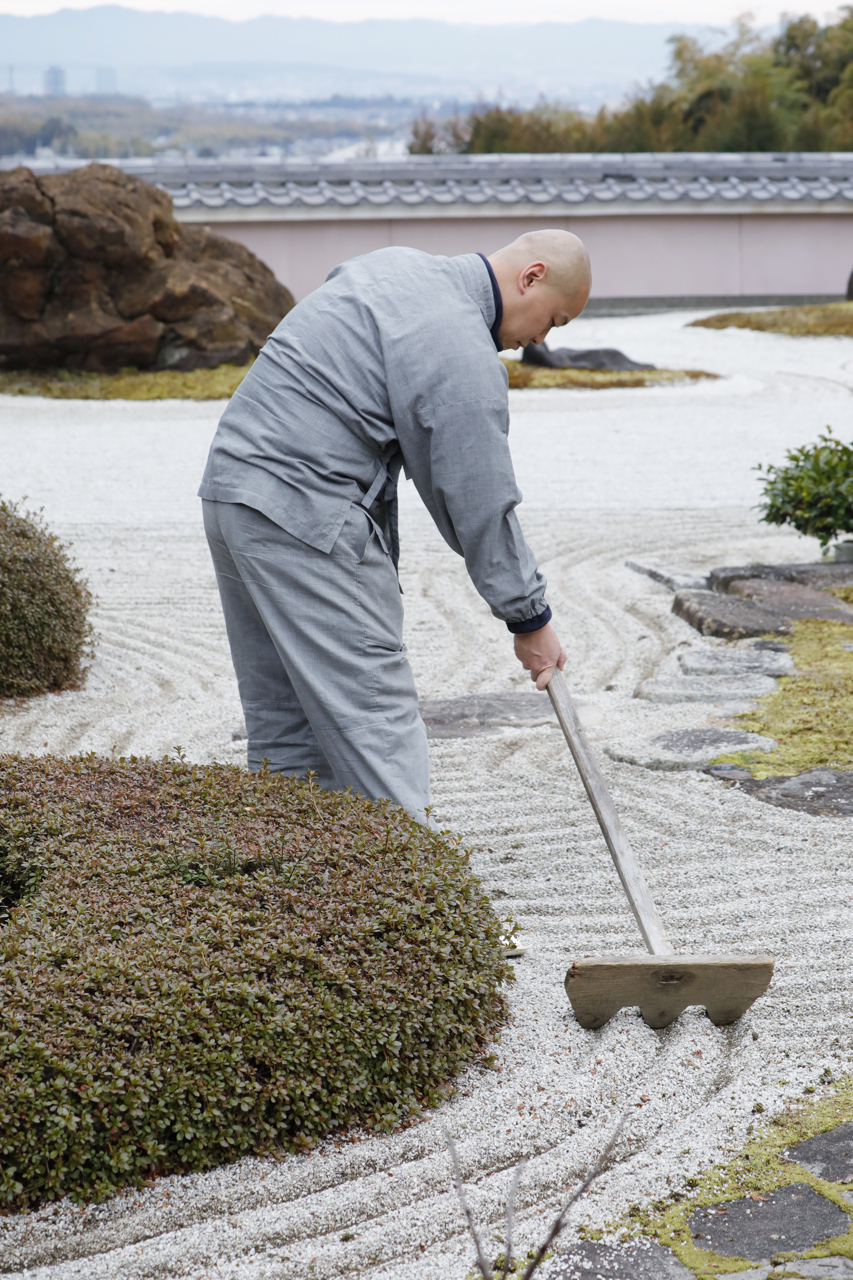

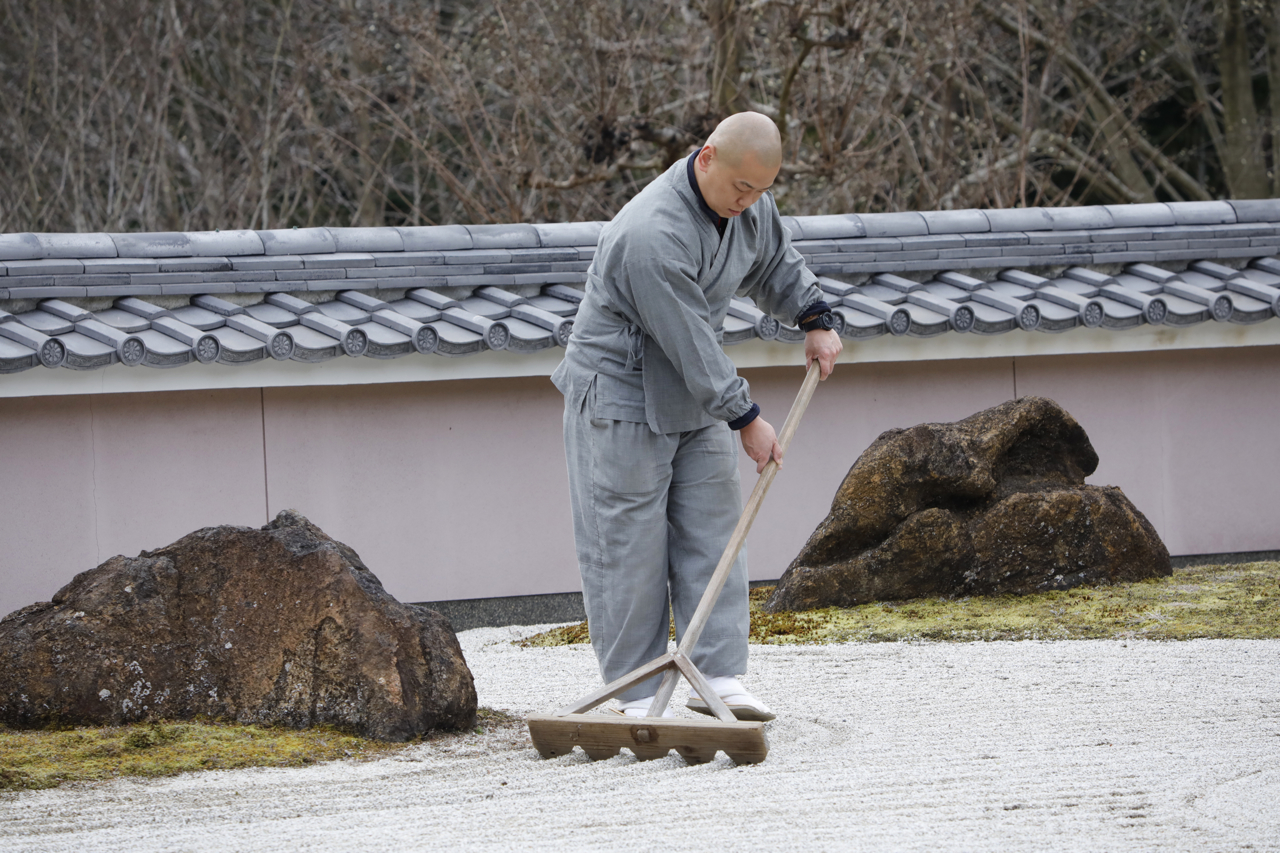
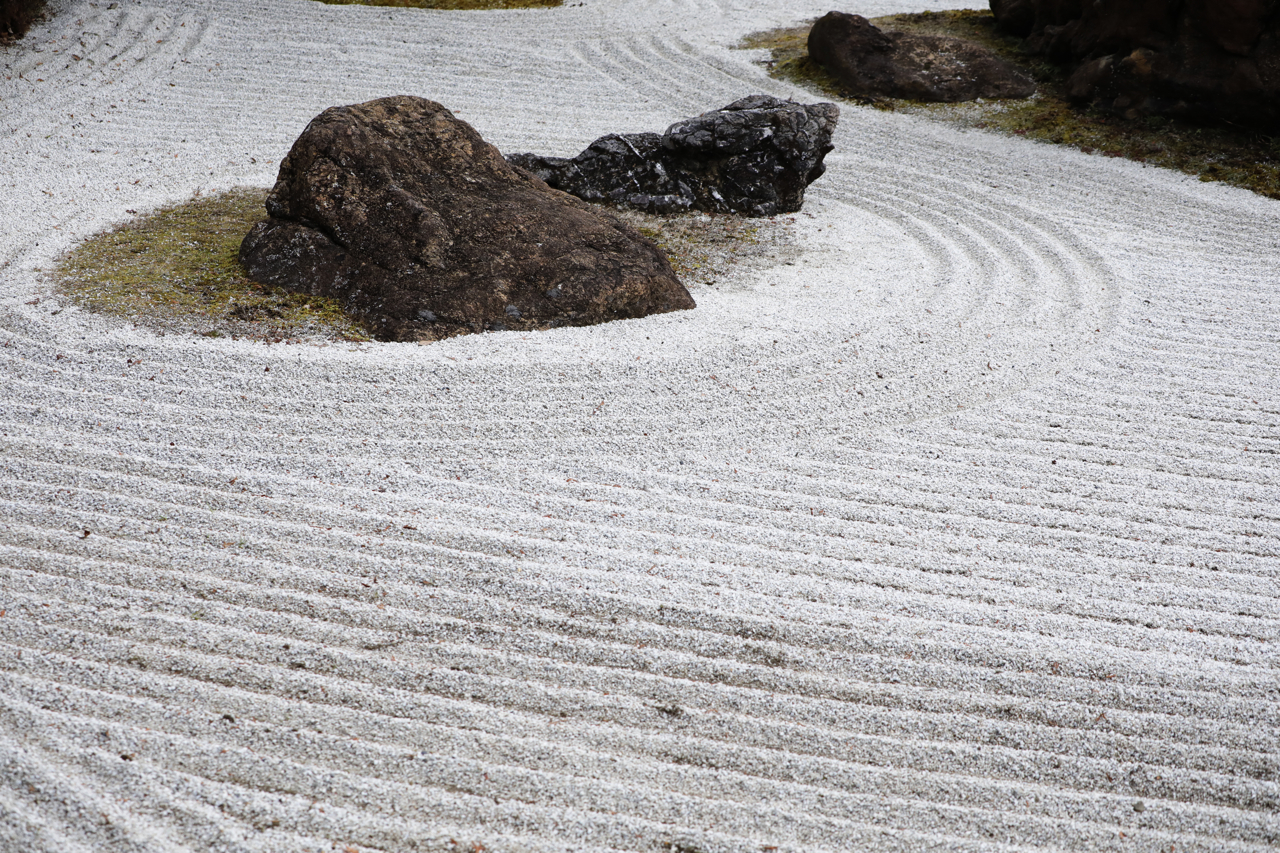
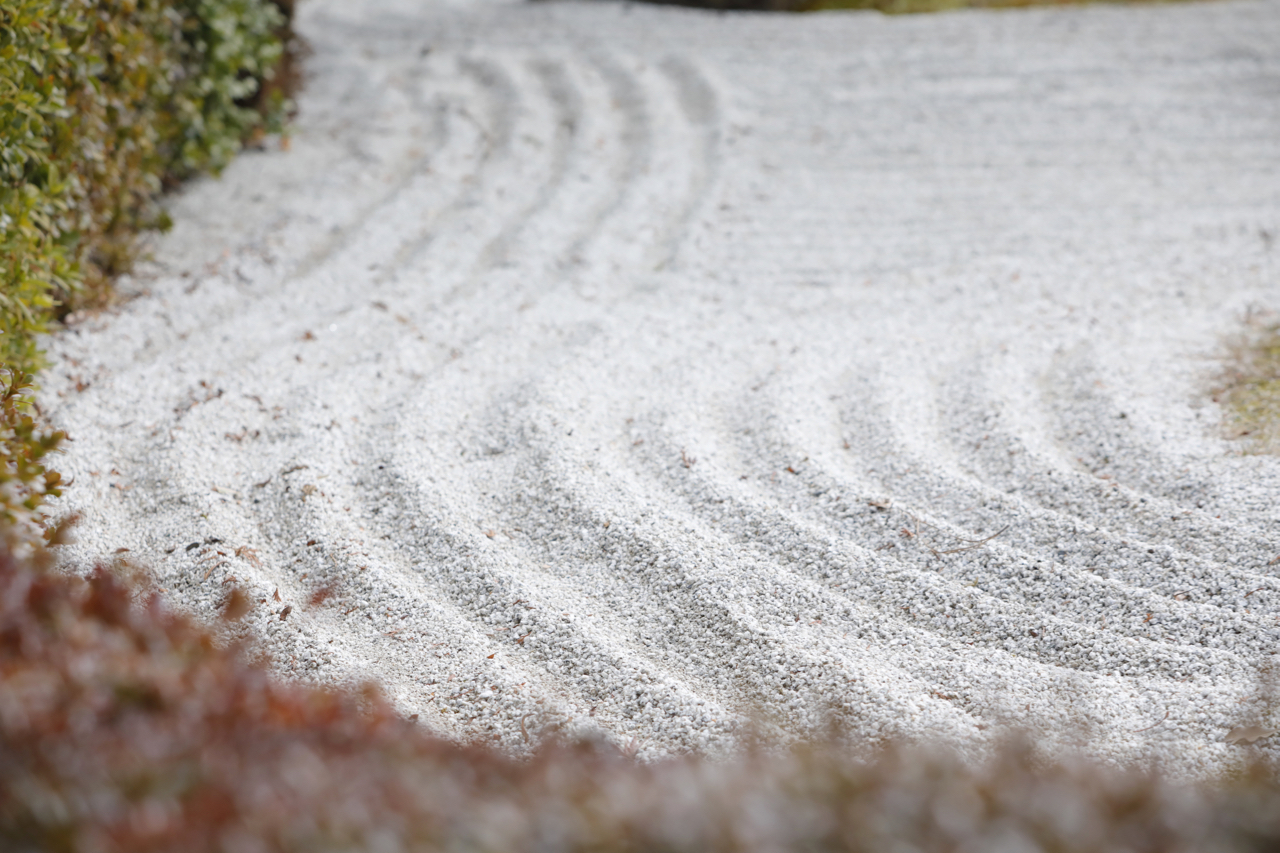
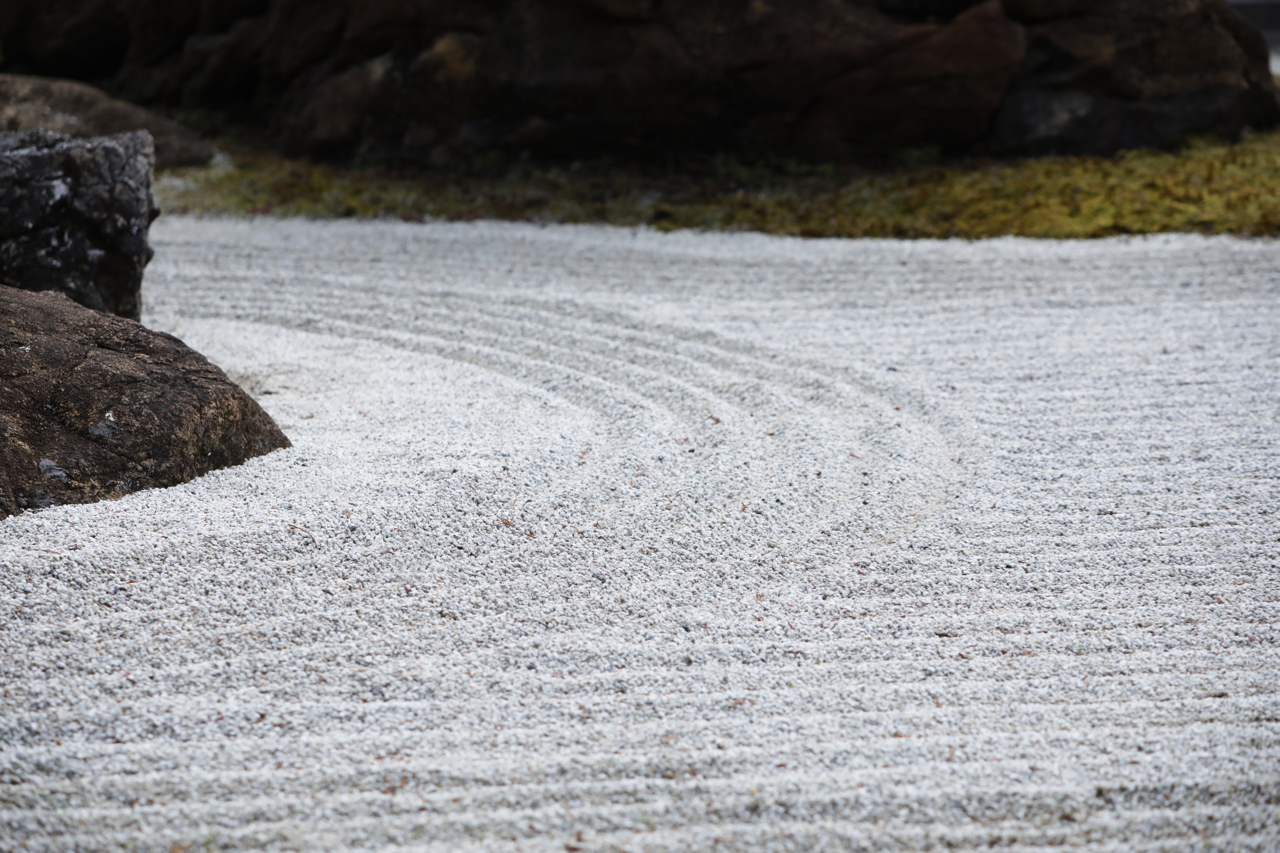

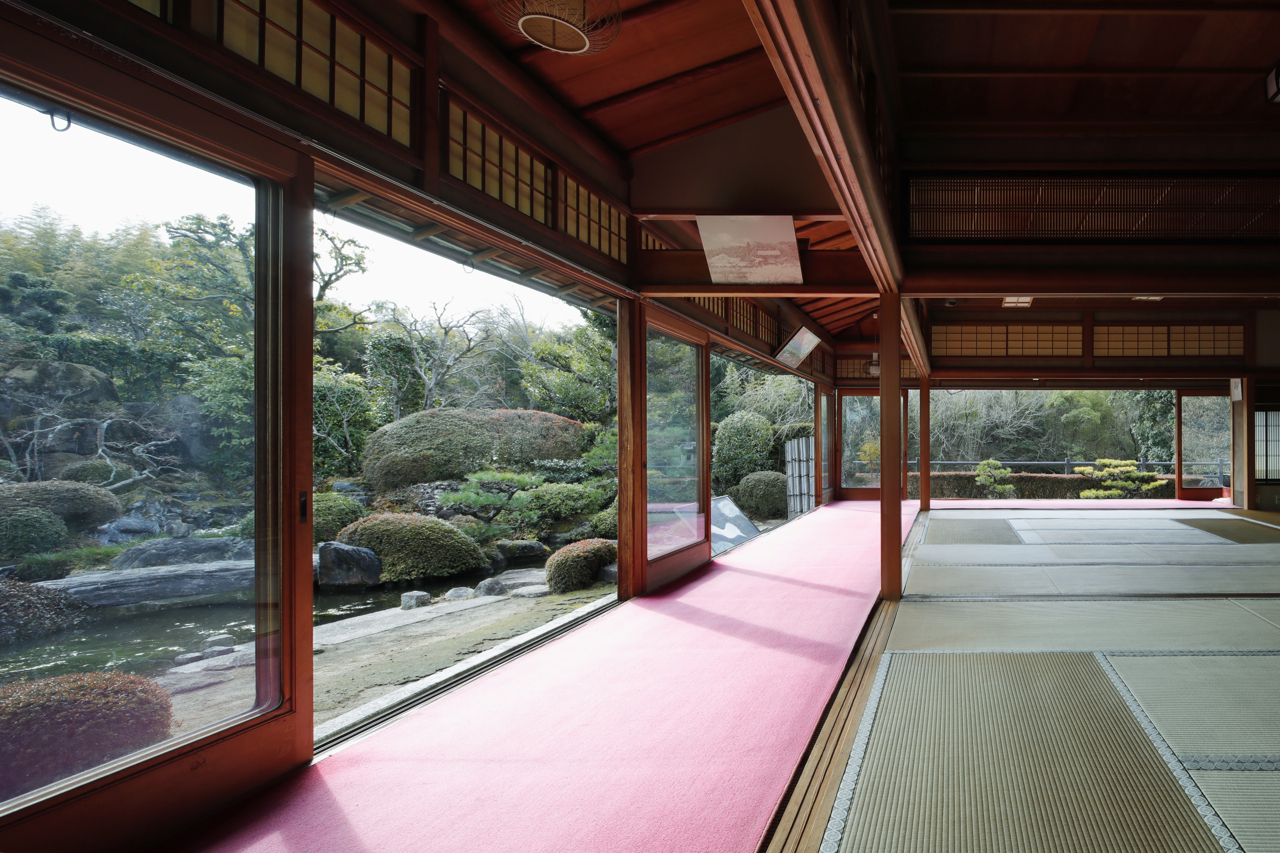
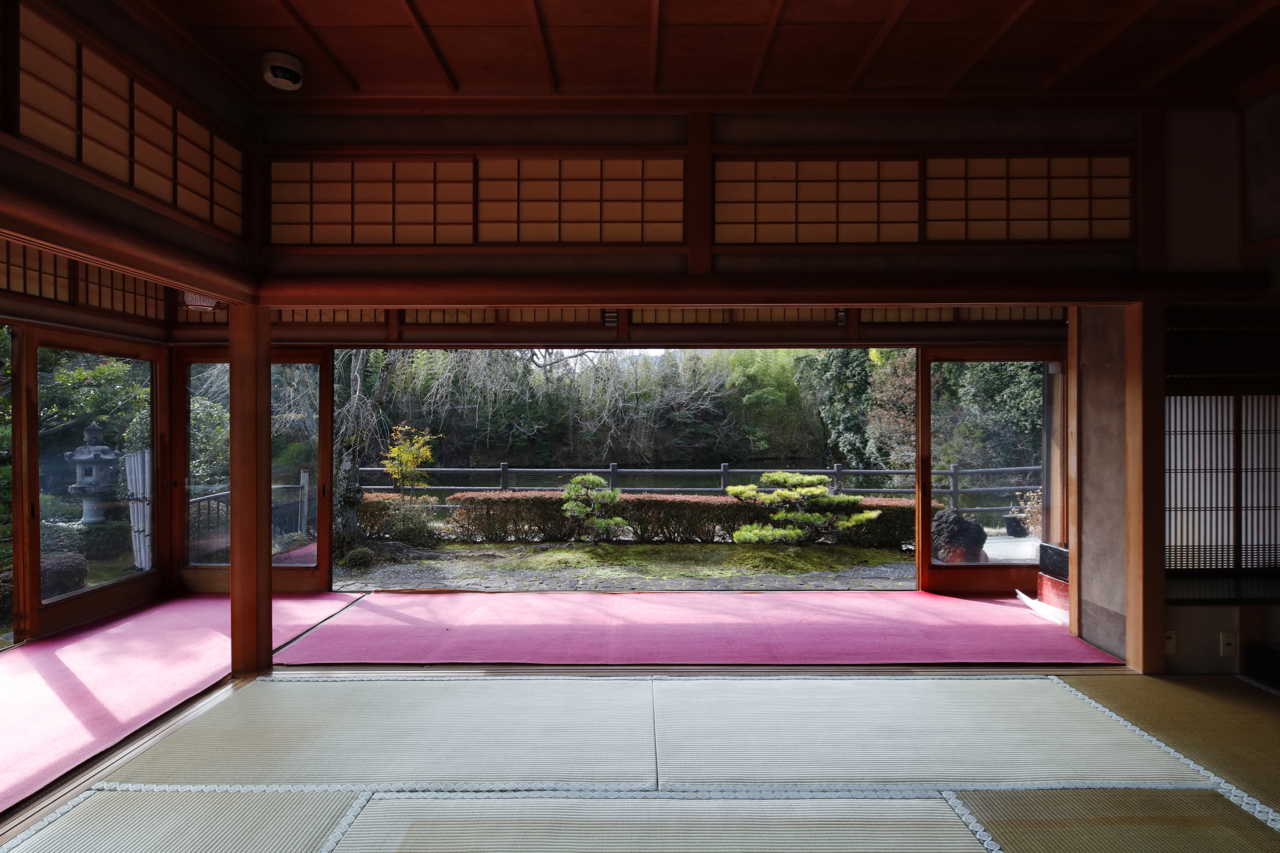
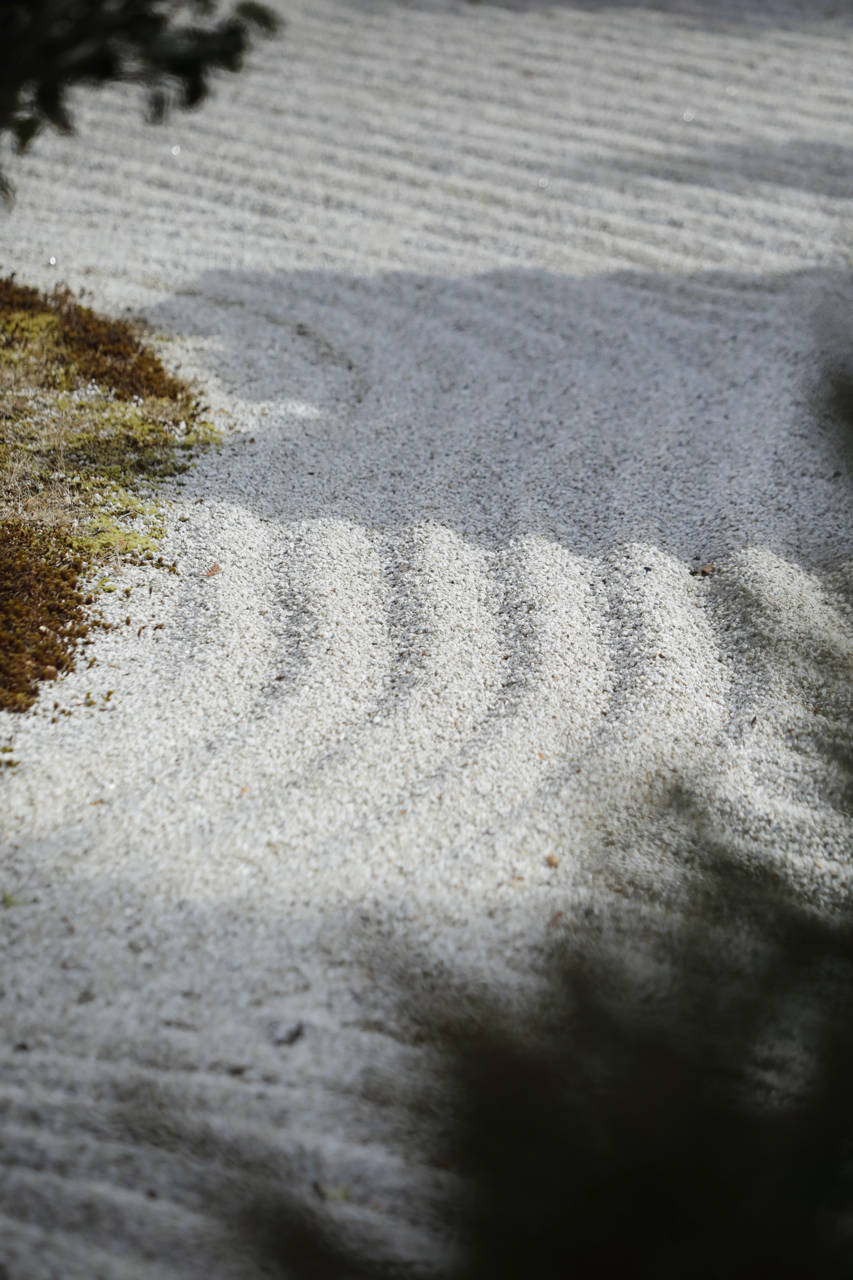
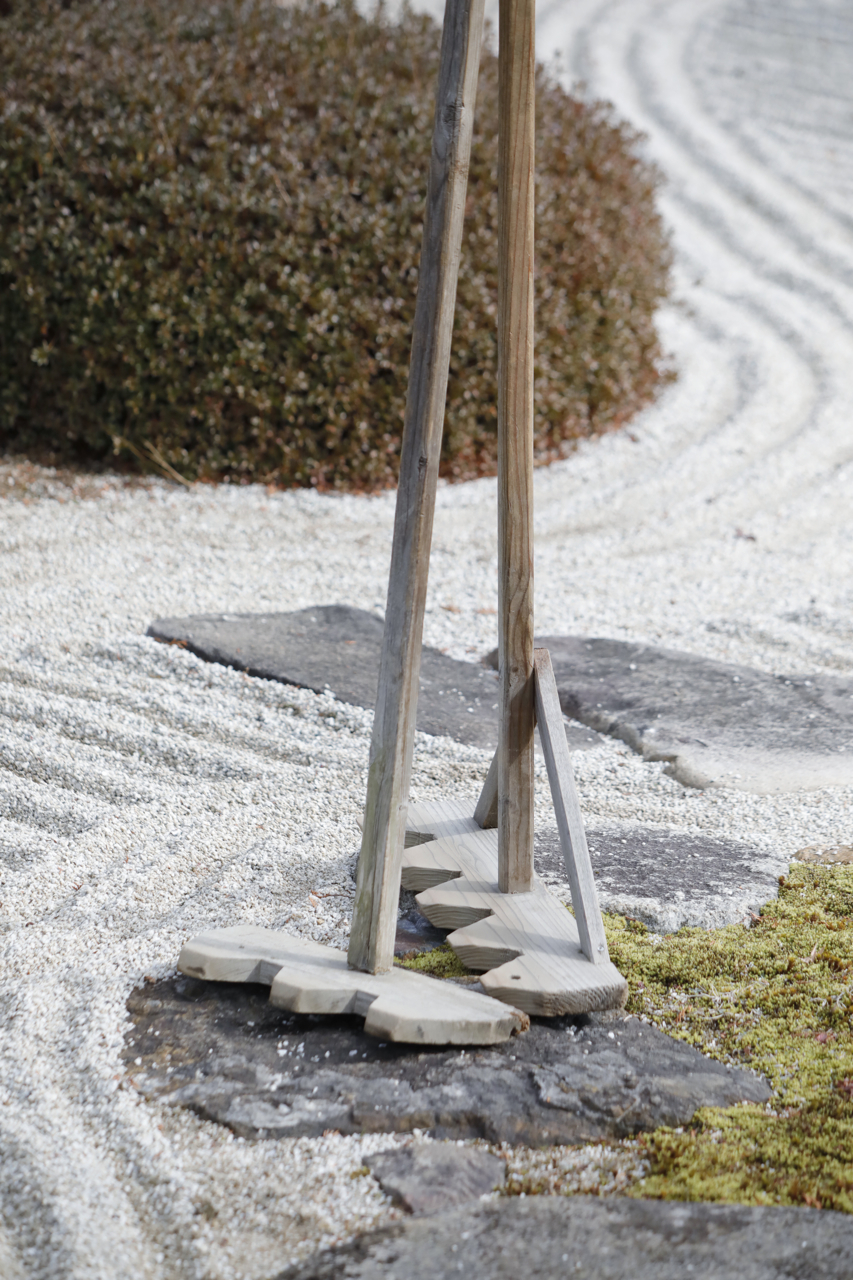

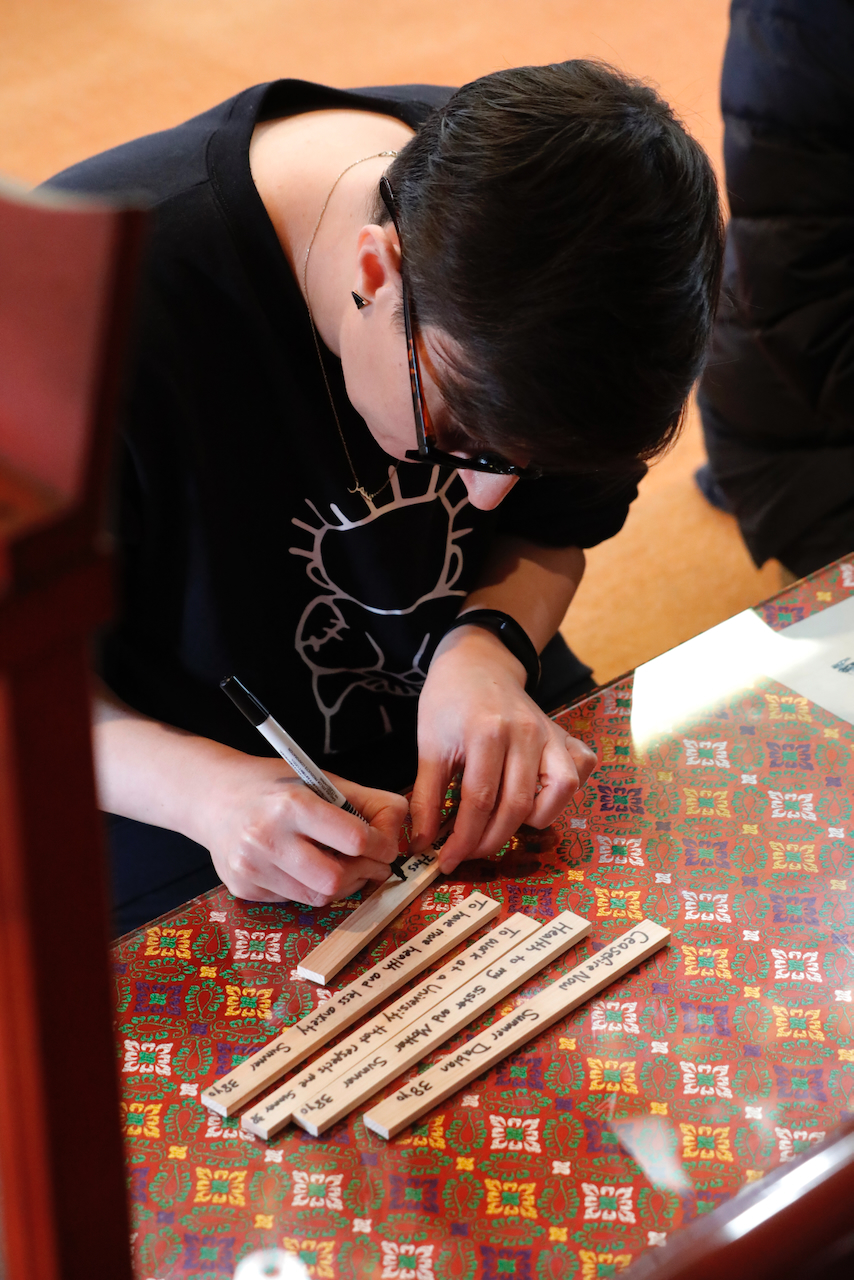
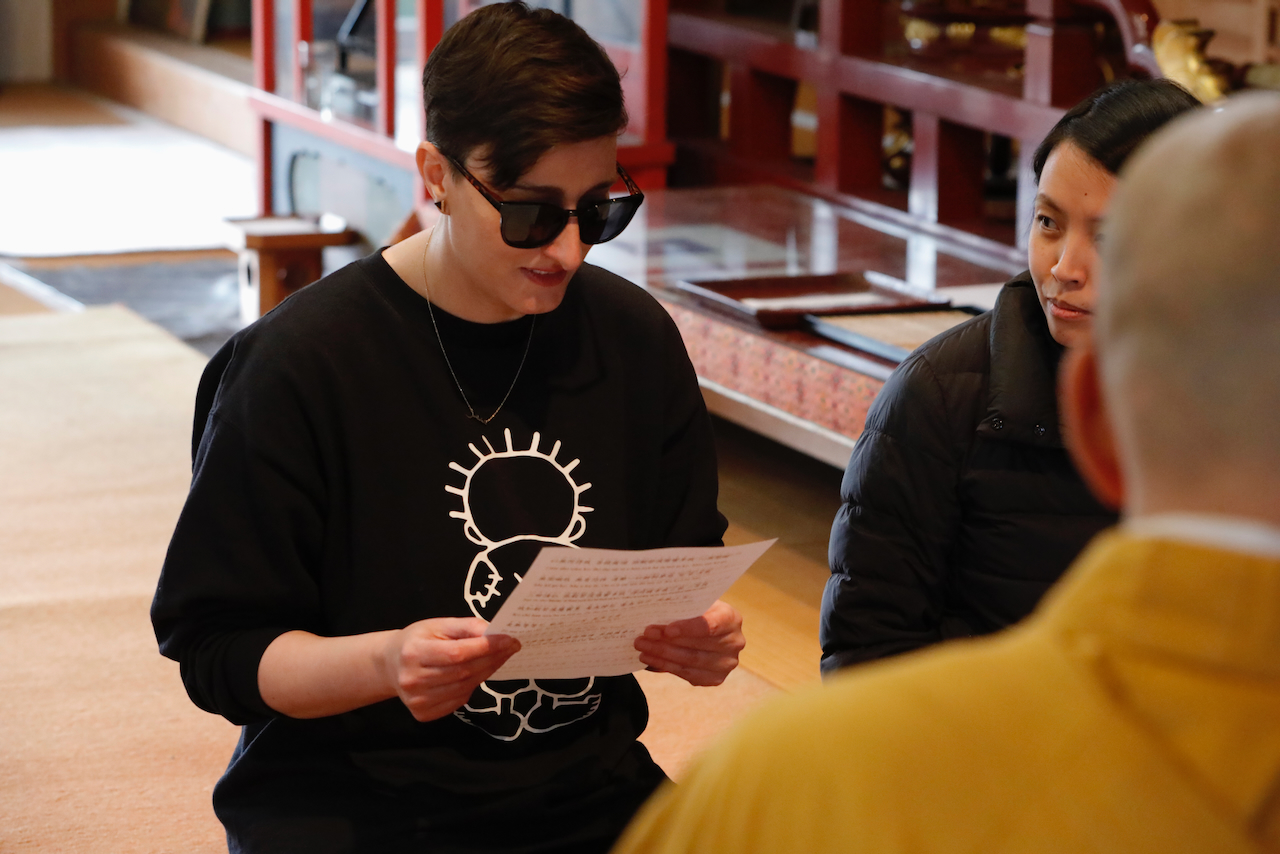
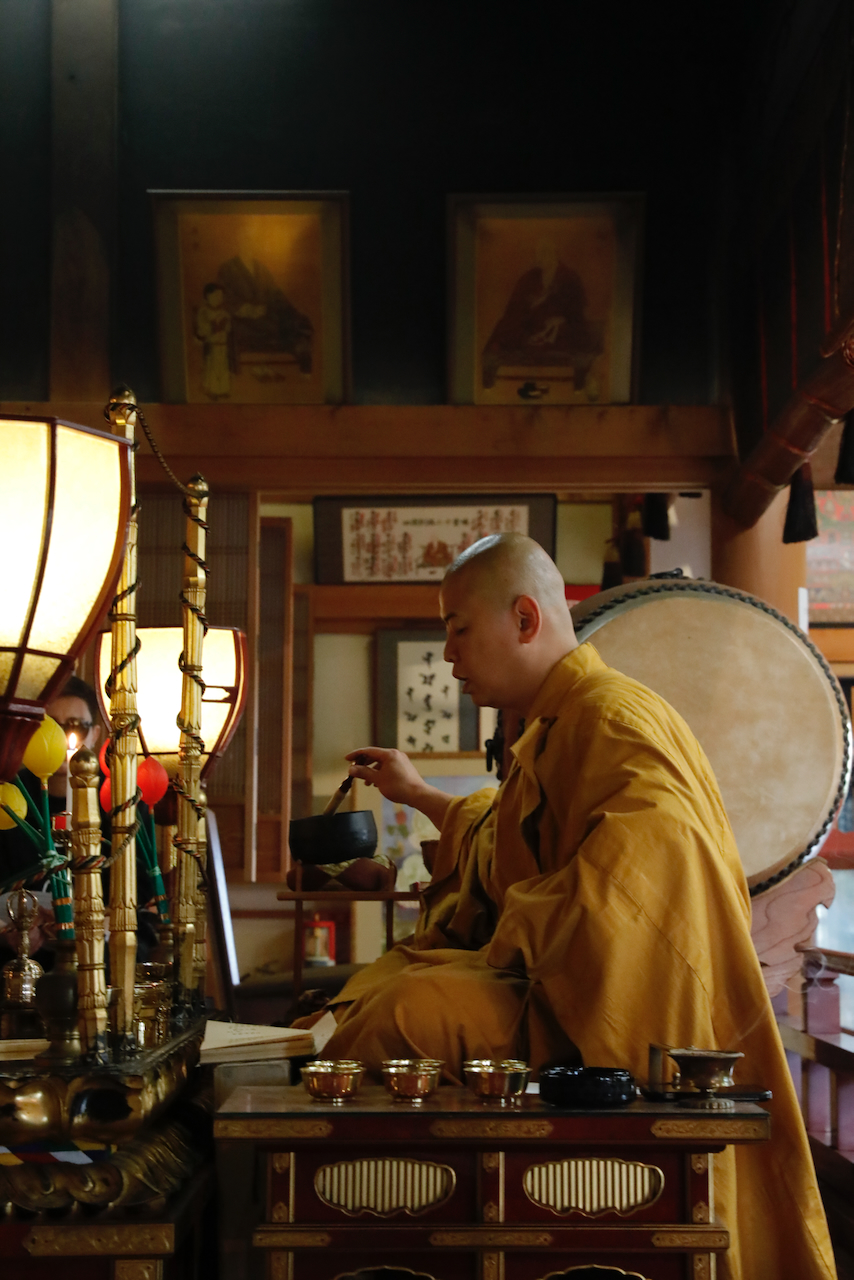
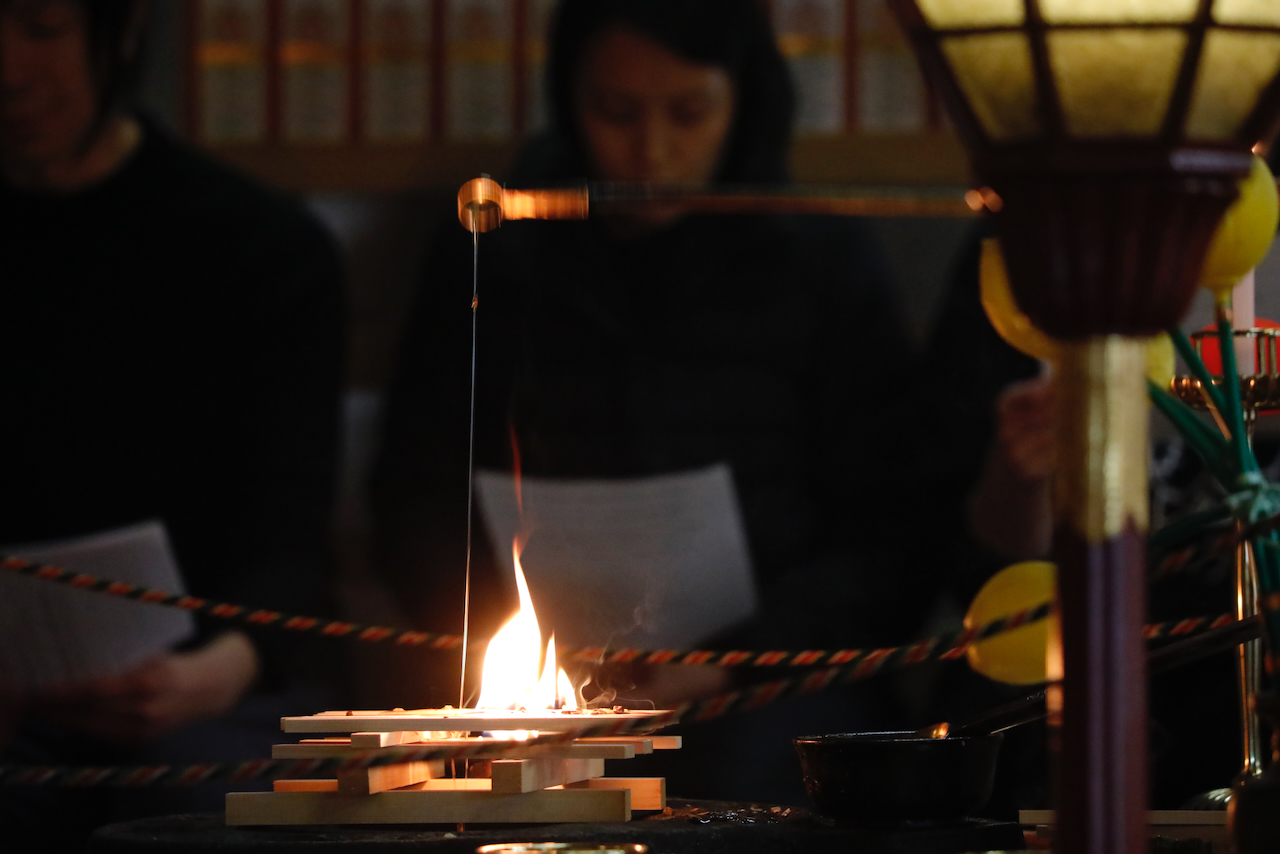
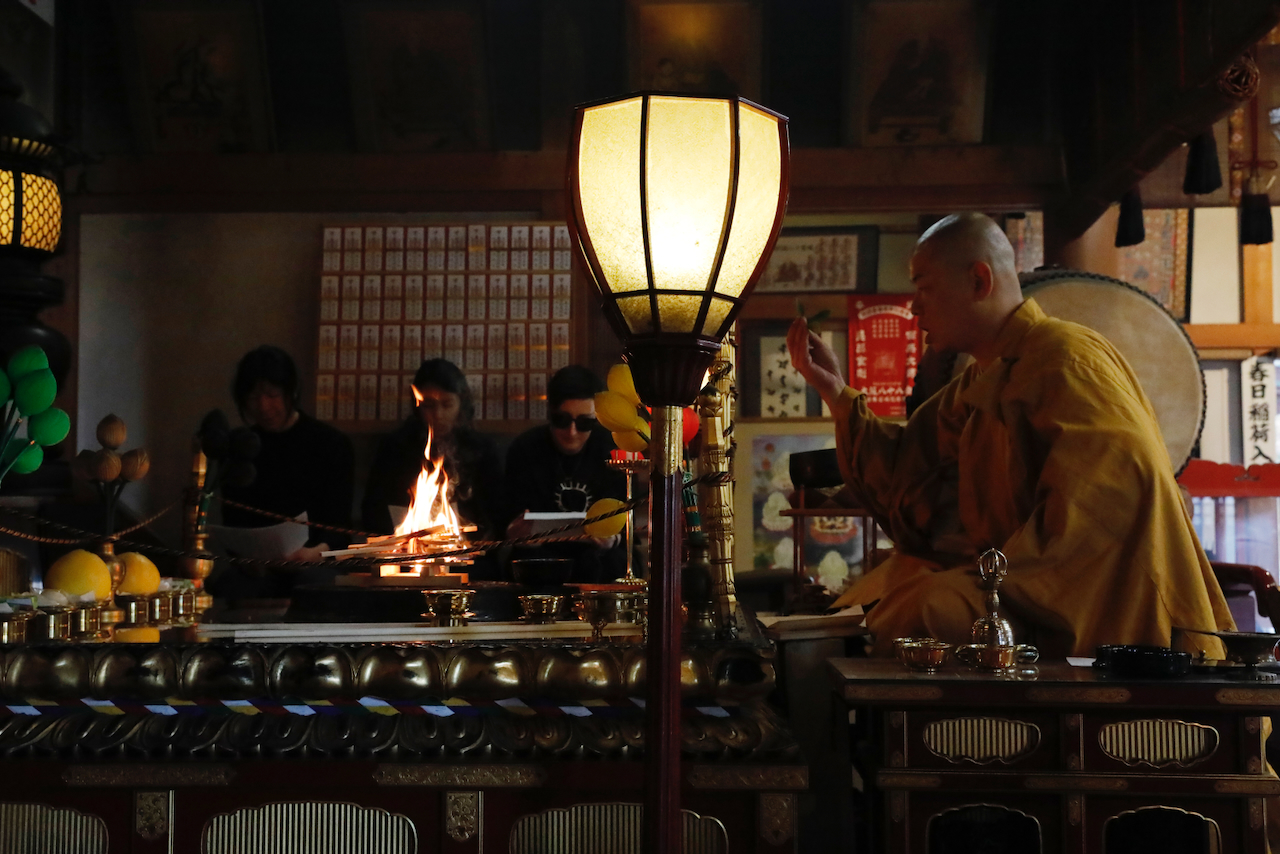
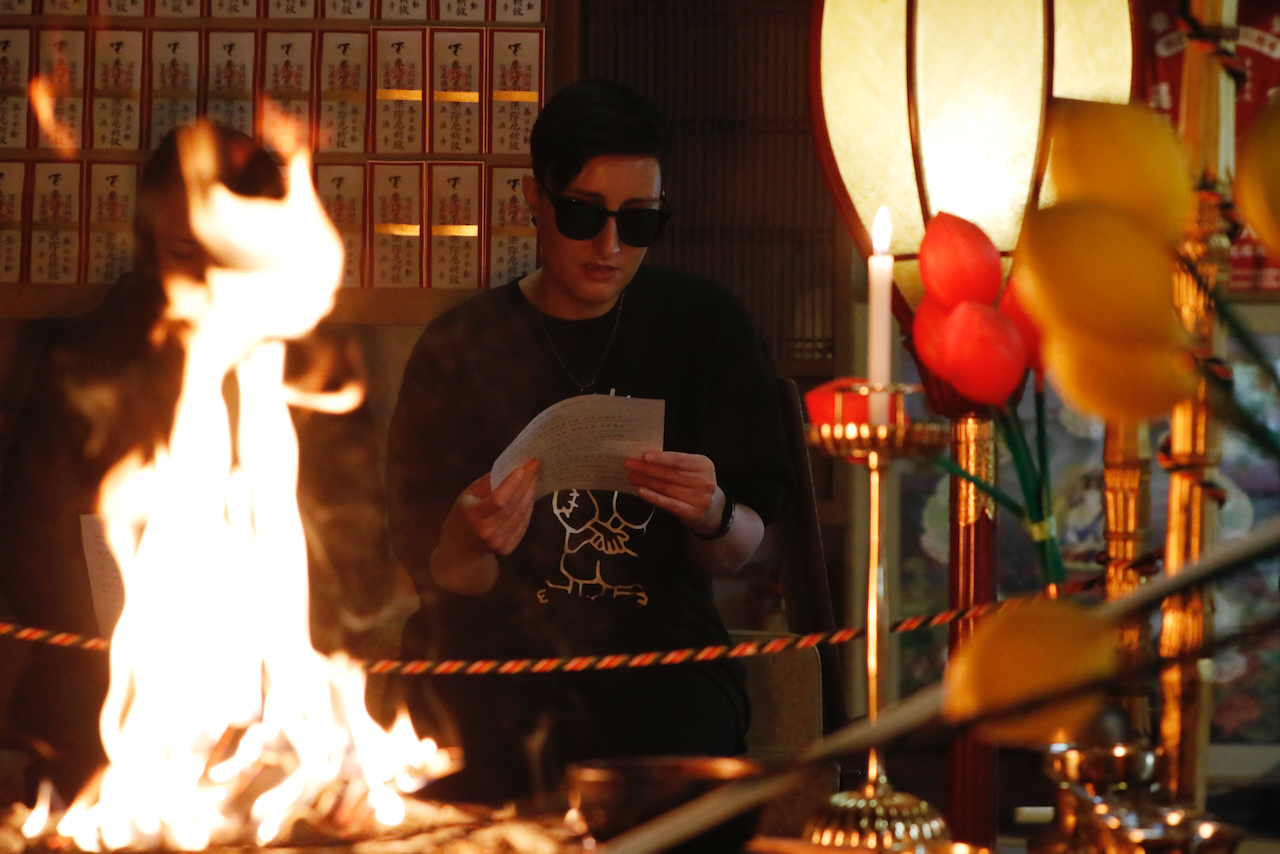
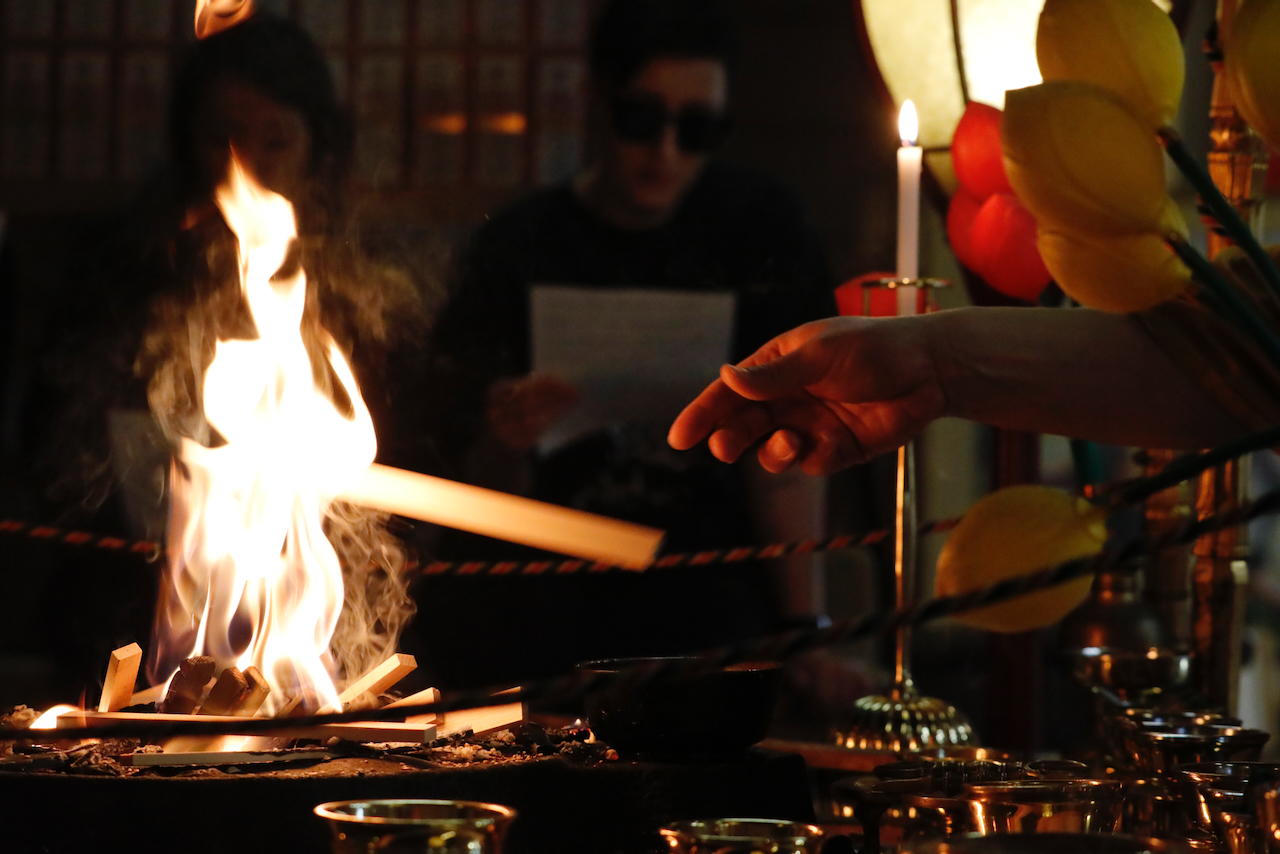
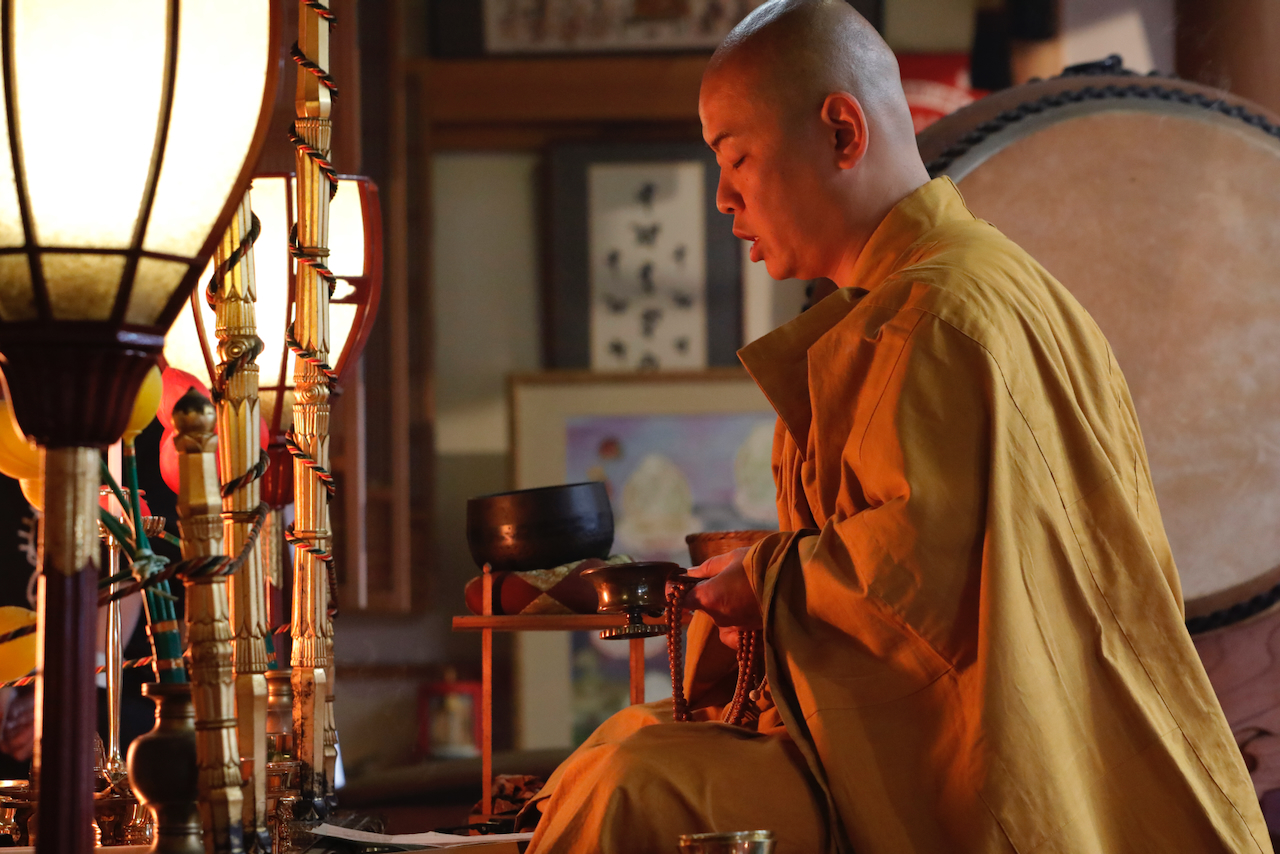
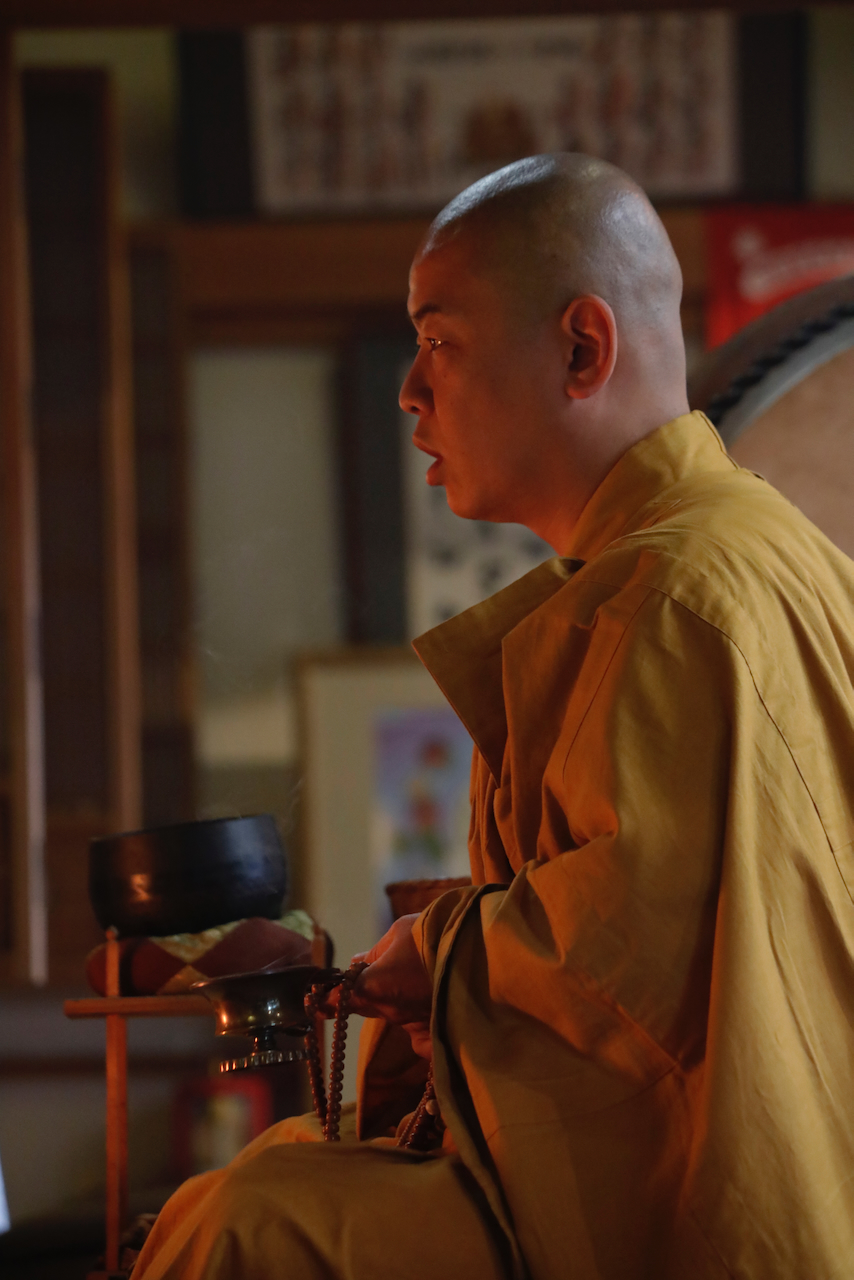
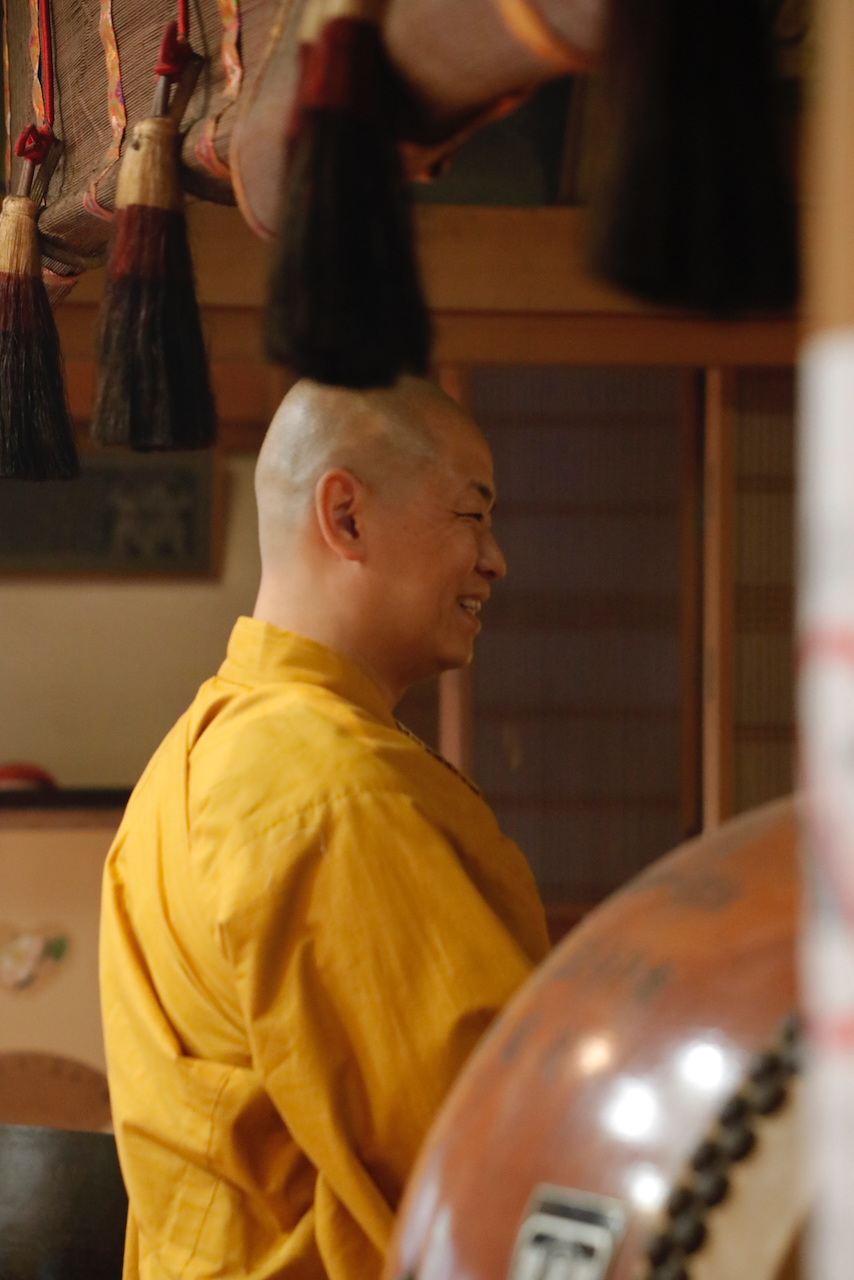
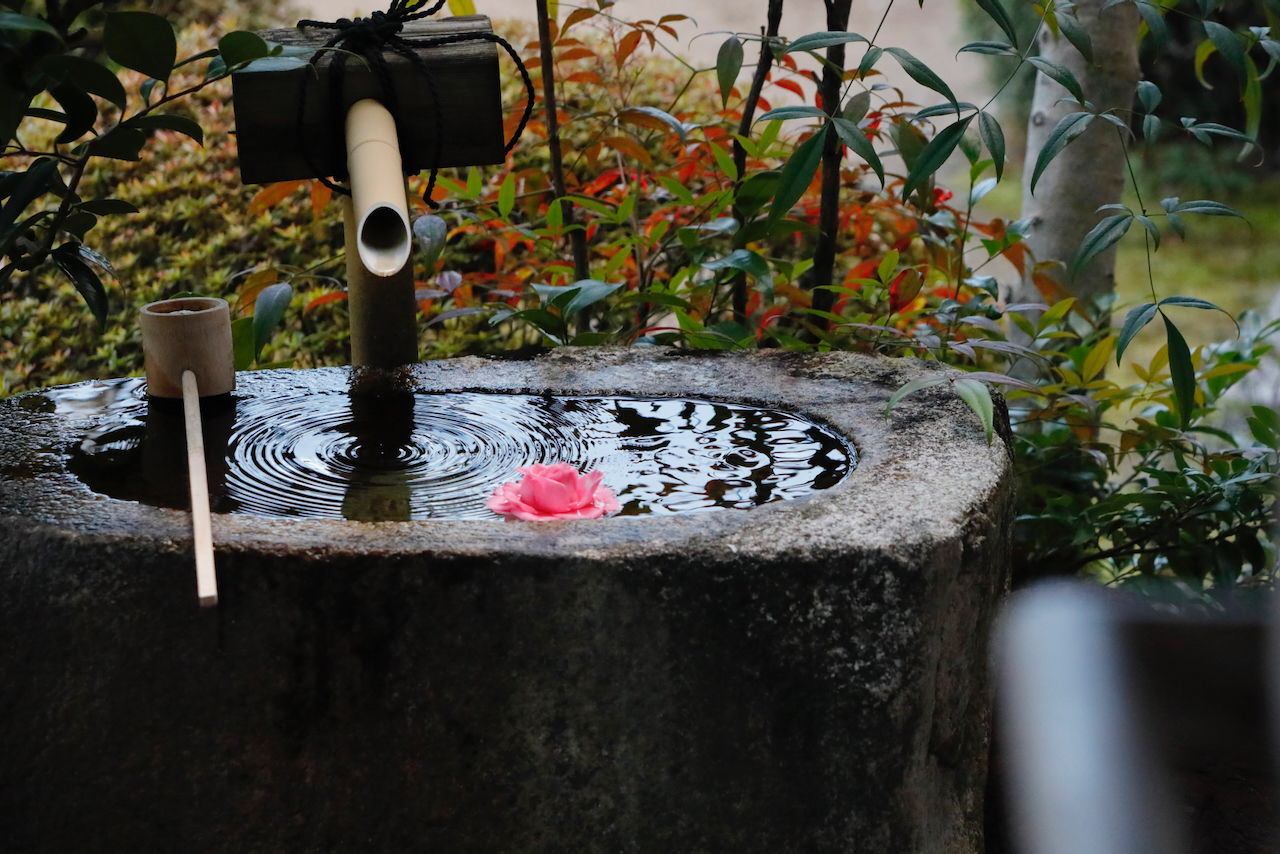

- Buddhism Temple (Shingon Sect)
- Shoboji
- Shoboji Temple is a famous temple in the Nishiyama mountains of Kyoto City. Also known as "Ishi-no-Tera" (a temple of stones), Shobo-ji's dry landscape stone garden is a relaxing place for everyone. From the top of the mountain, you can enjoy a panoramic view of the Higashiyama mountains of Kyoto. The white sand in the garden, decorated with seasonal flowers, is covered with Samon, and 16 stones look like animals.
Access

- Nishiyama (6 mins. train & 15 mins.taxi ride from Kyoto Station)
- 15 mins. /about 2,500 JPY taxi ride from JR Katsuragawa Station
- JR Katsuragawa Station is accessible from Kyoto Station via 6 mins. / 170 JPY train ride

